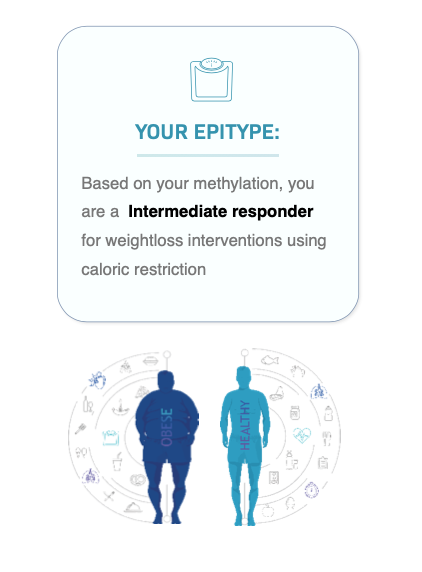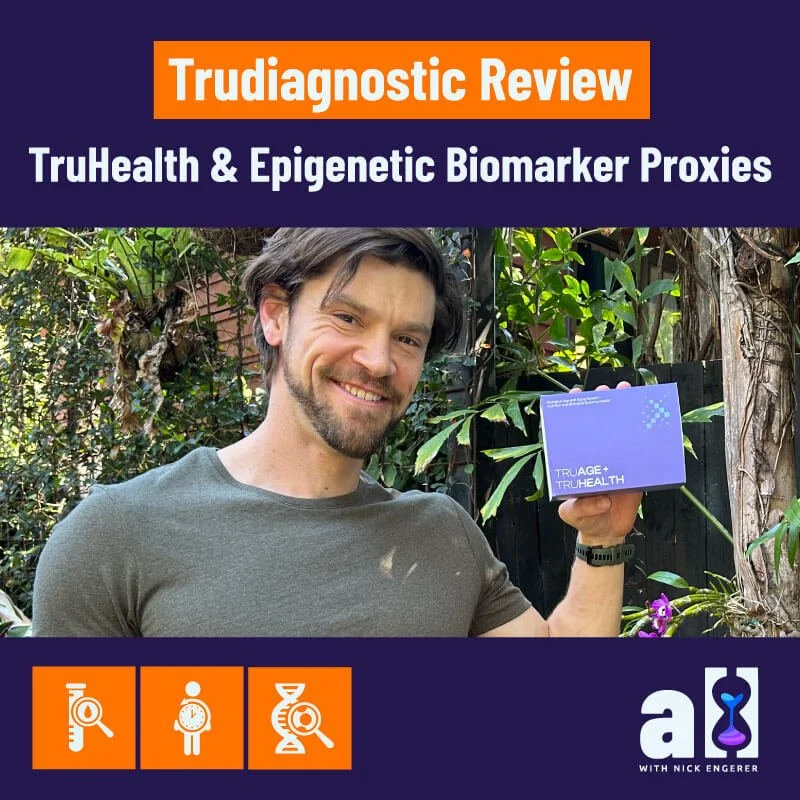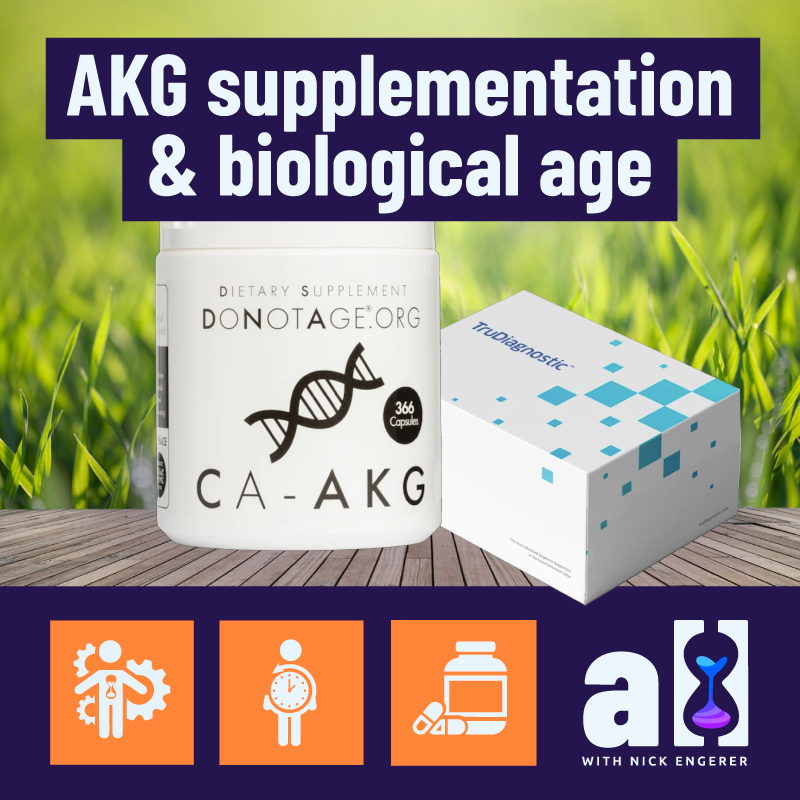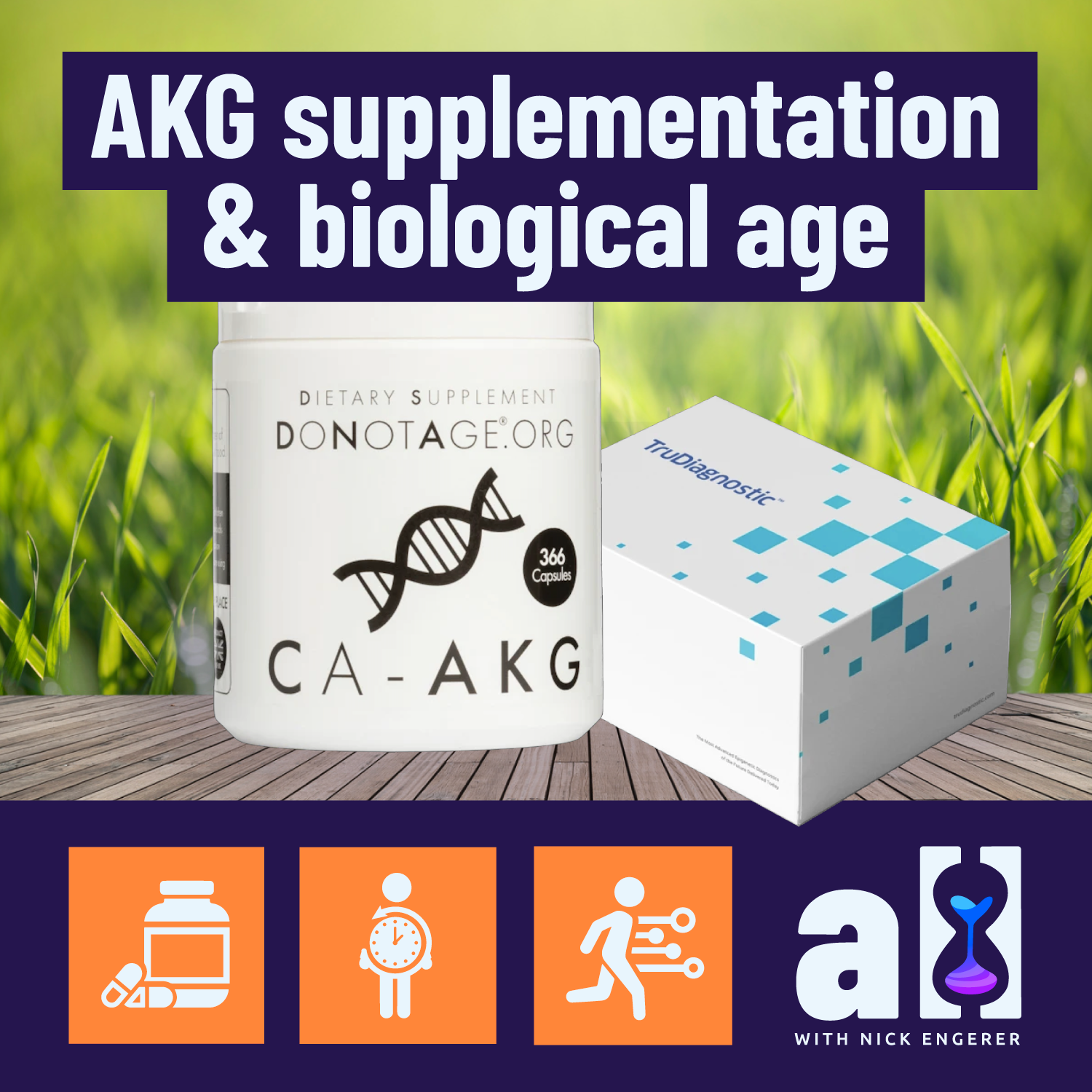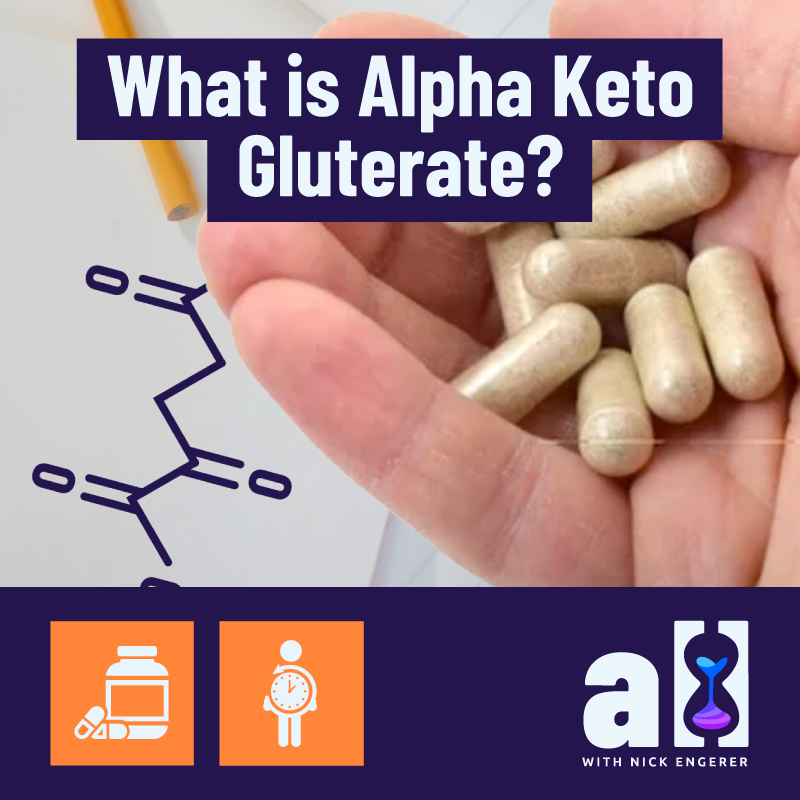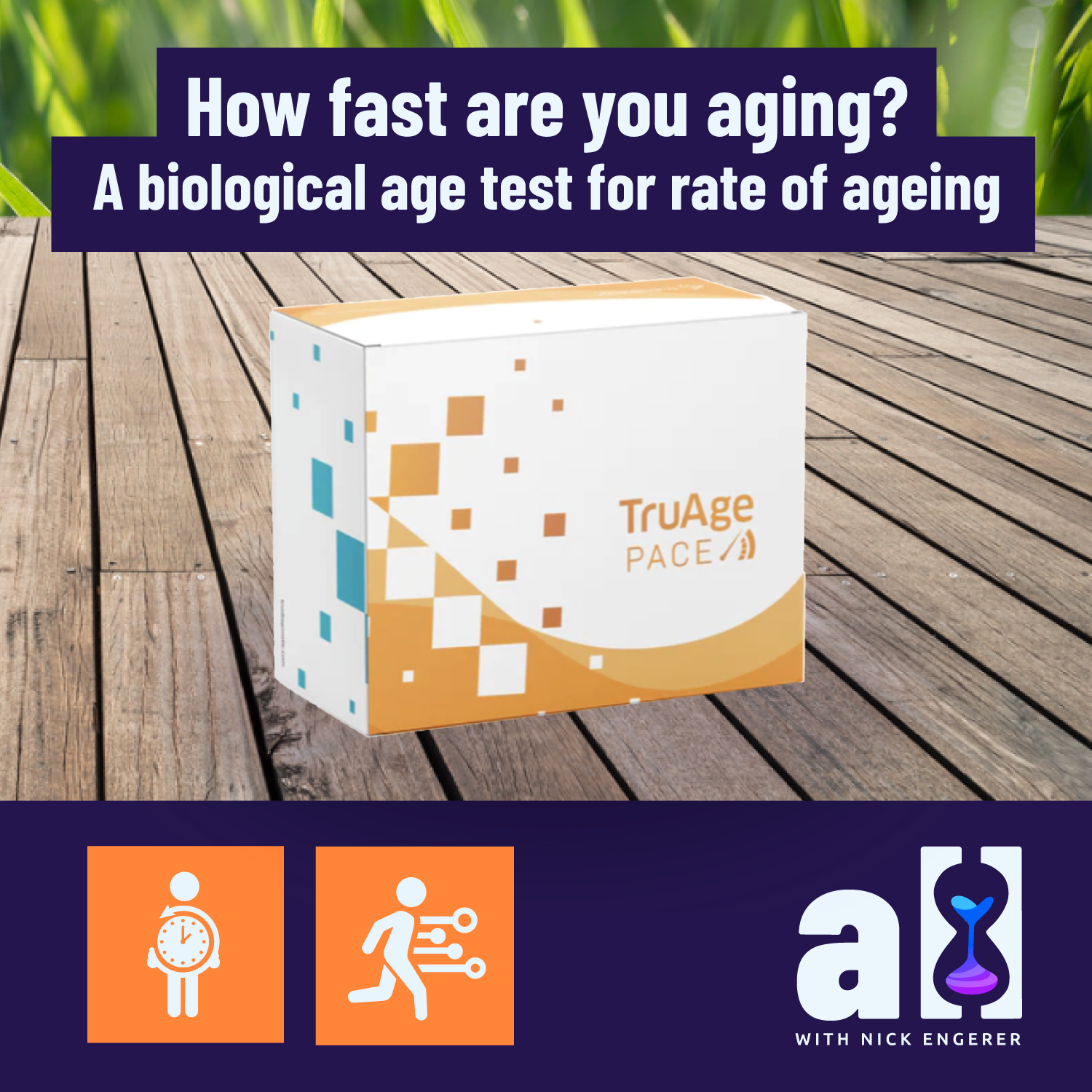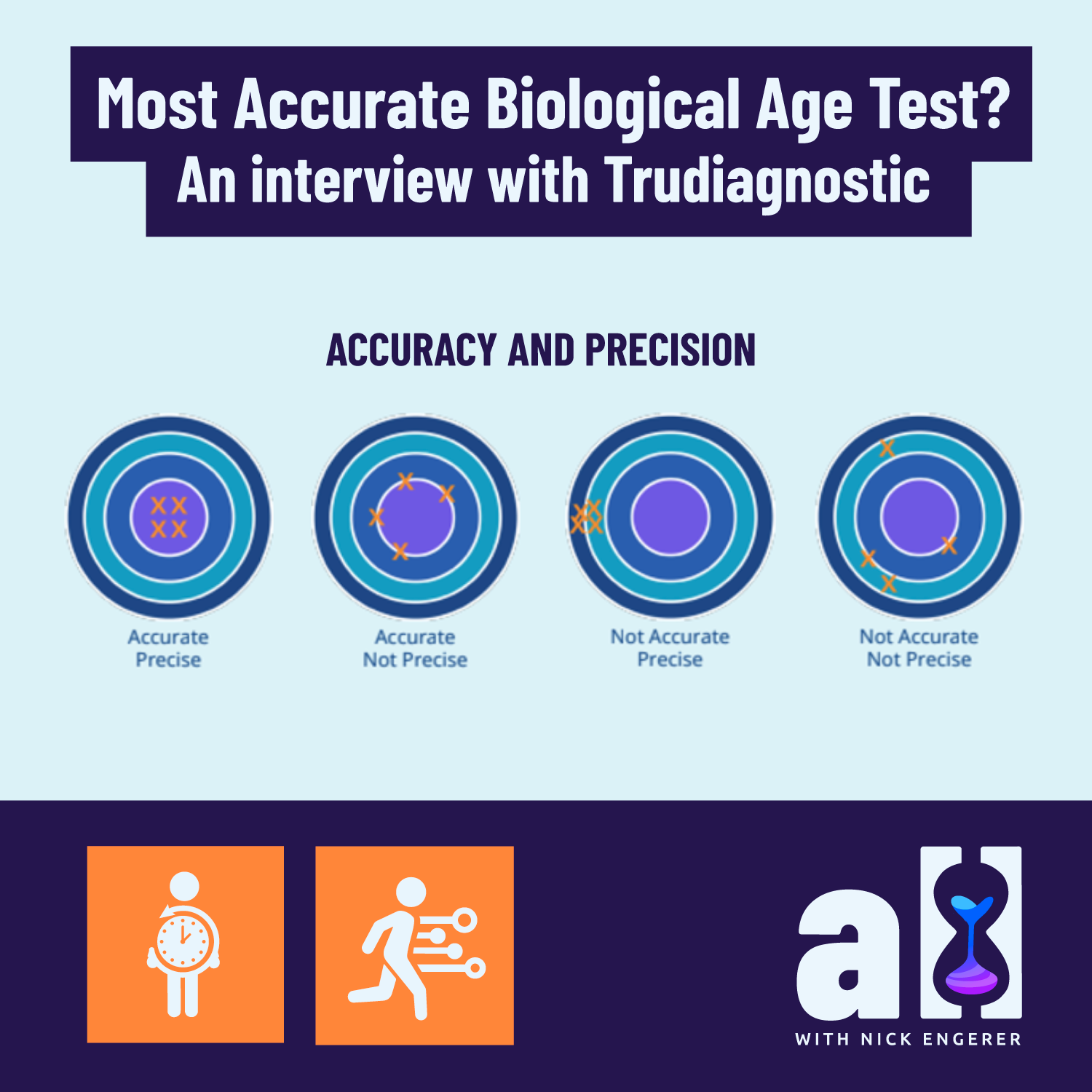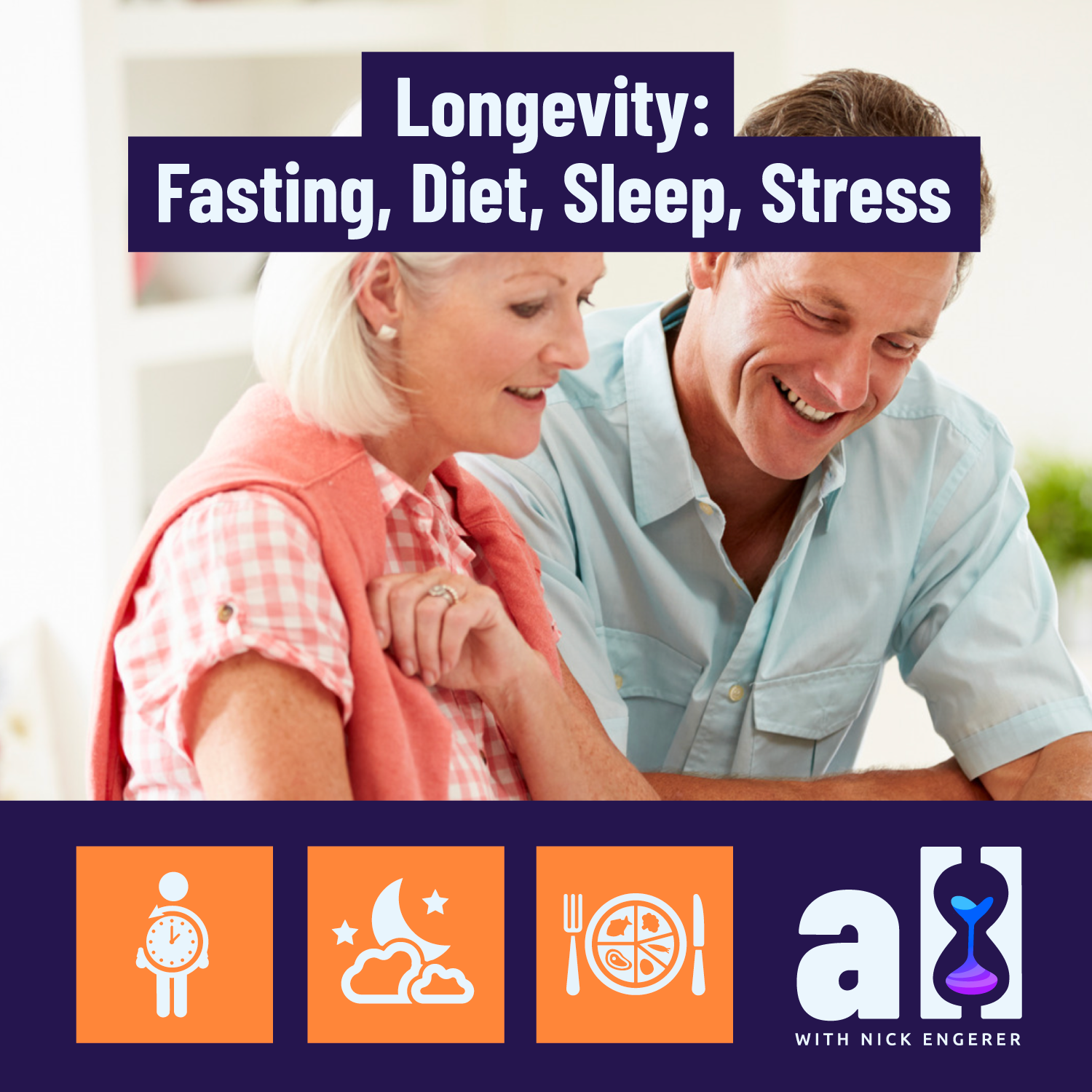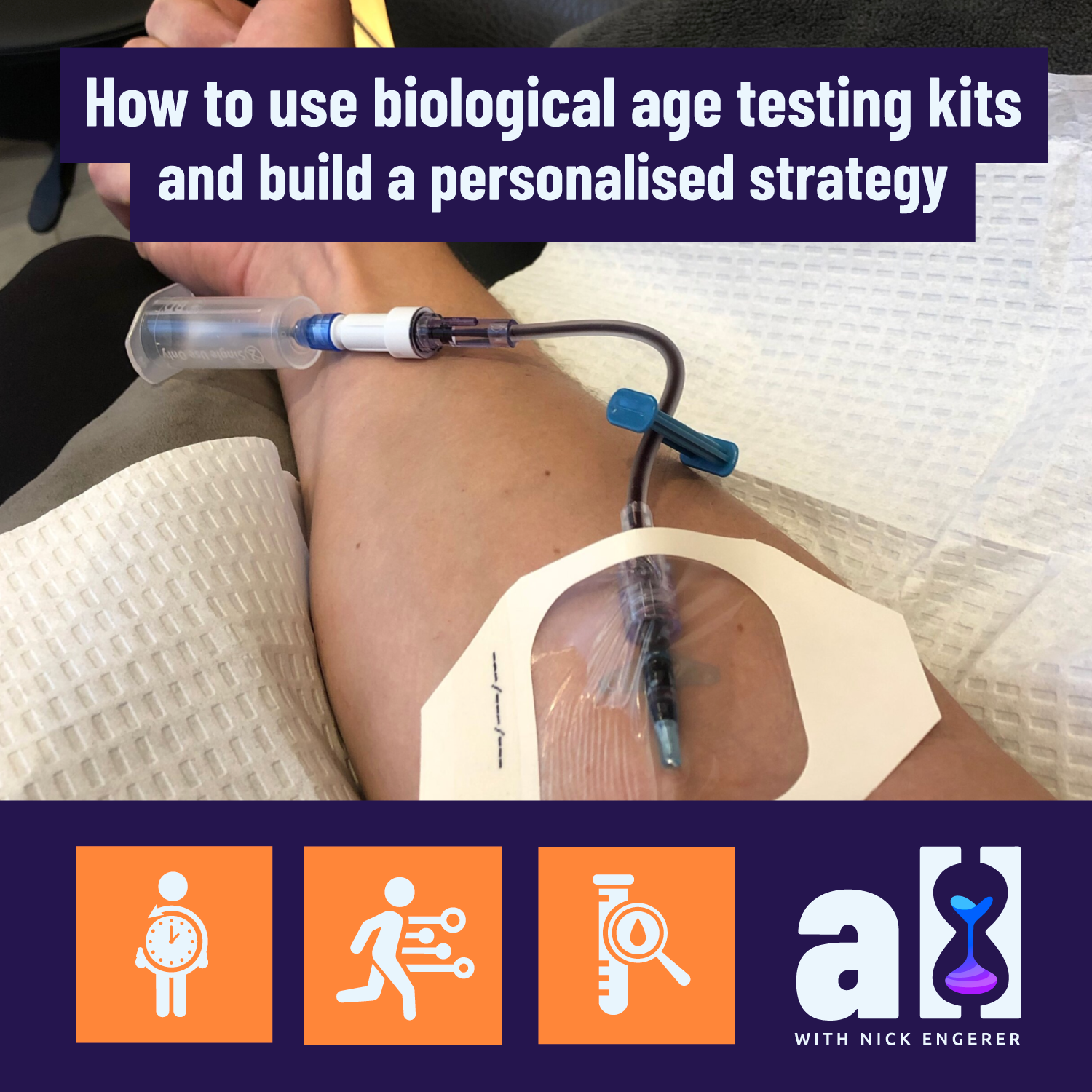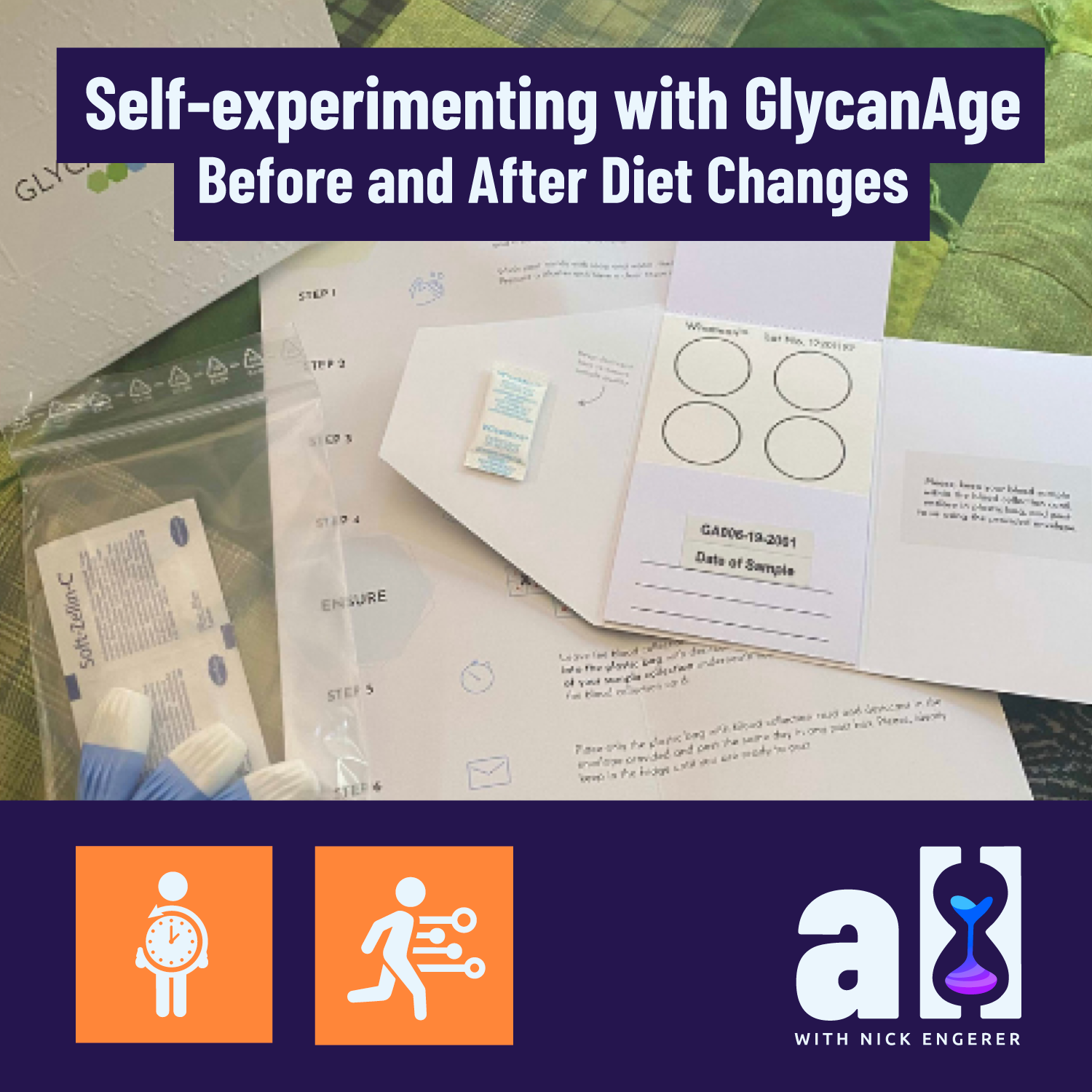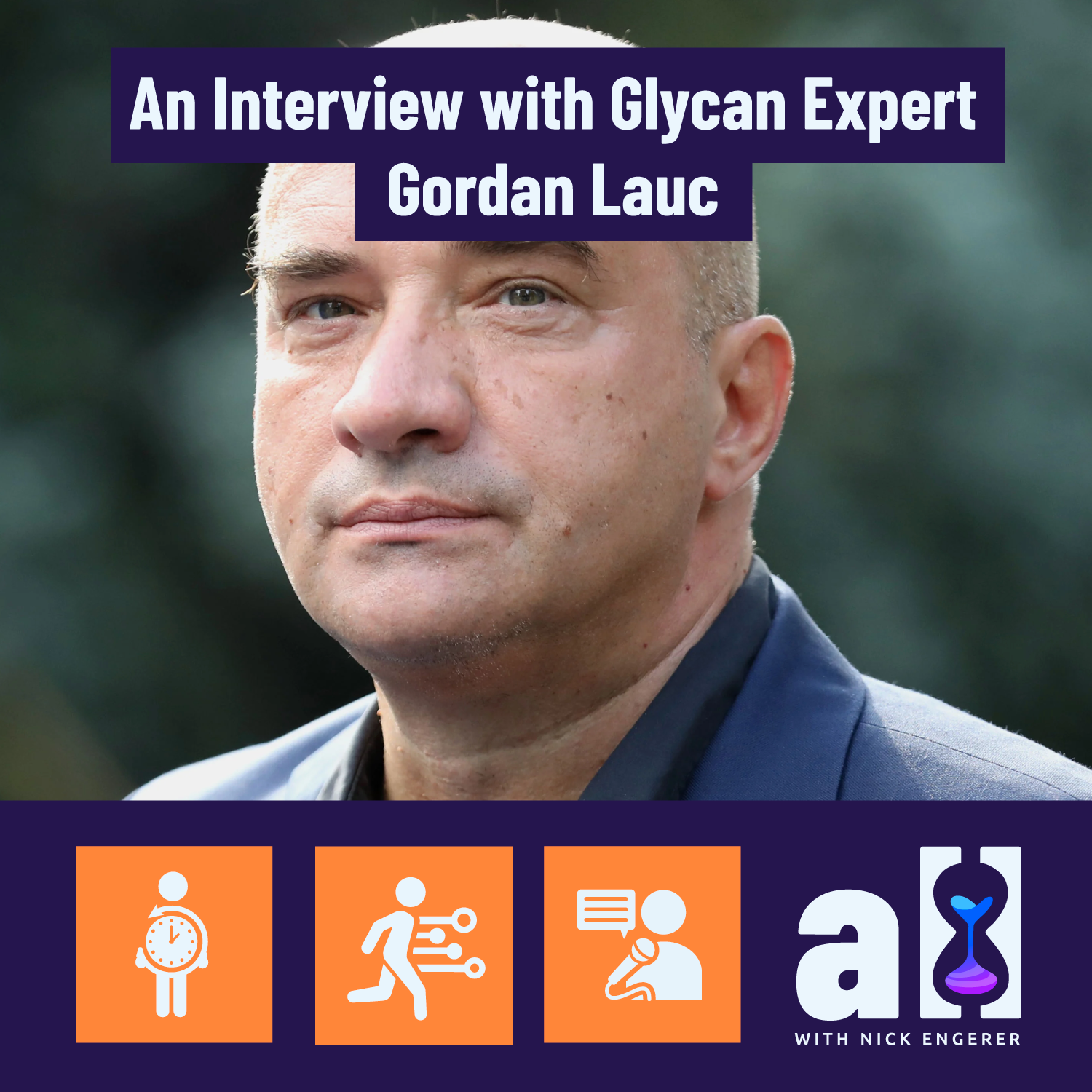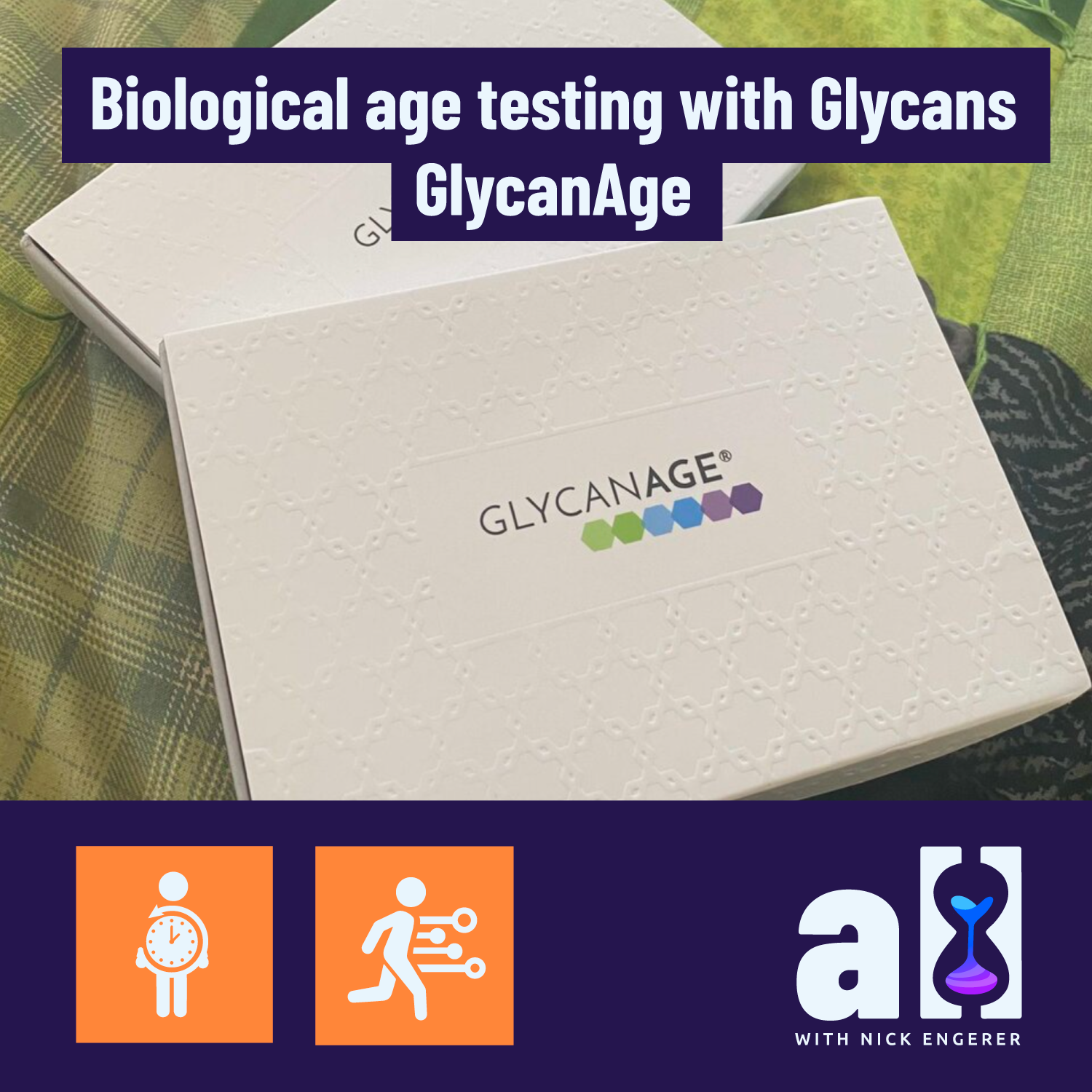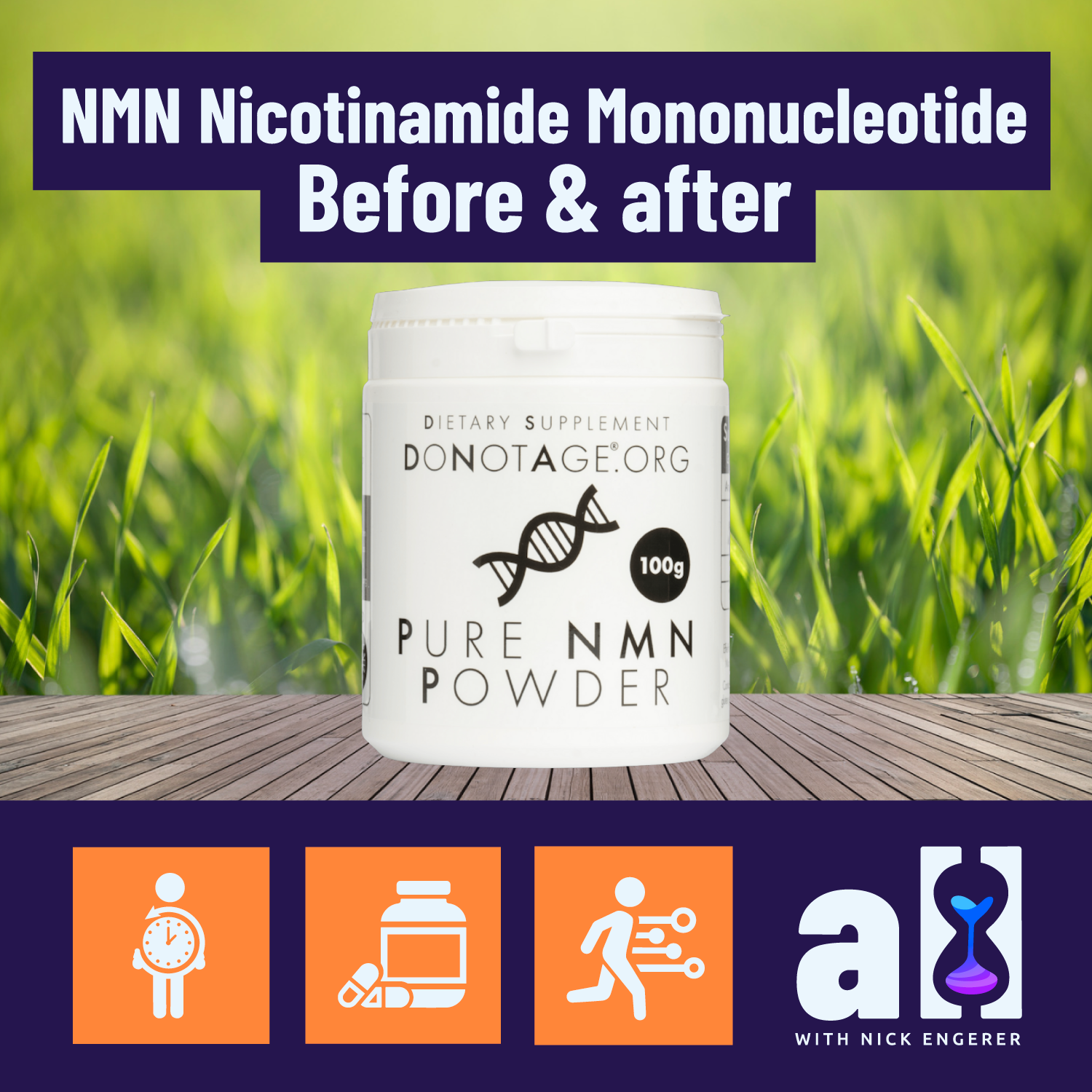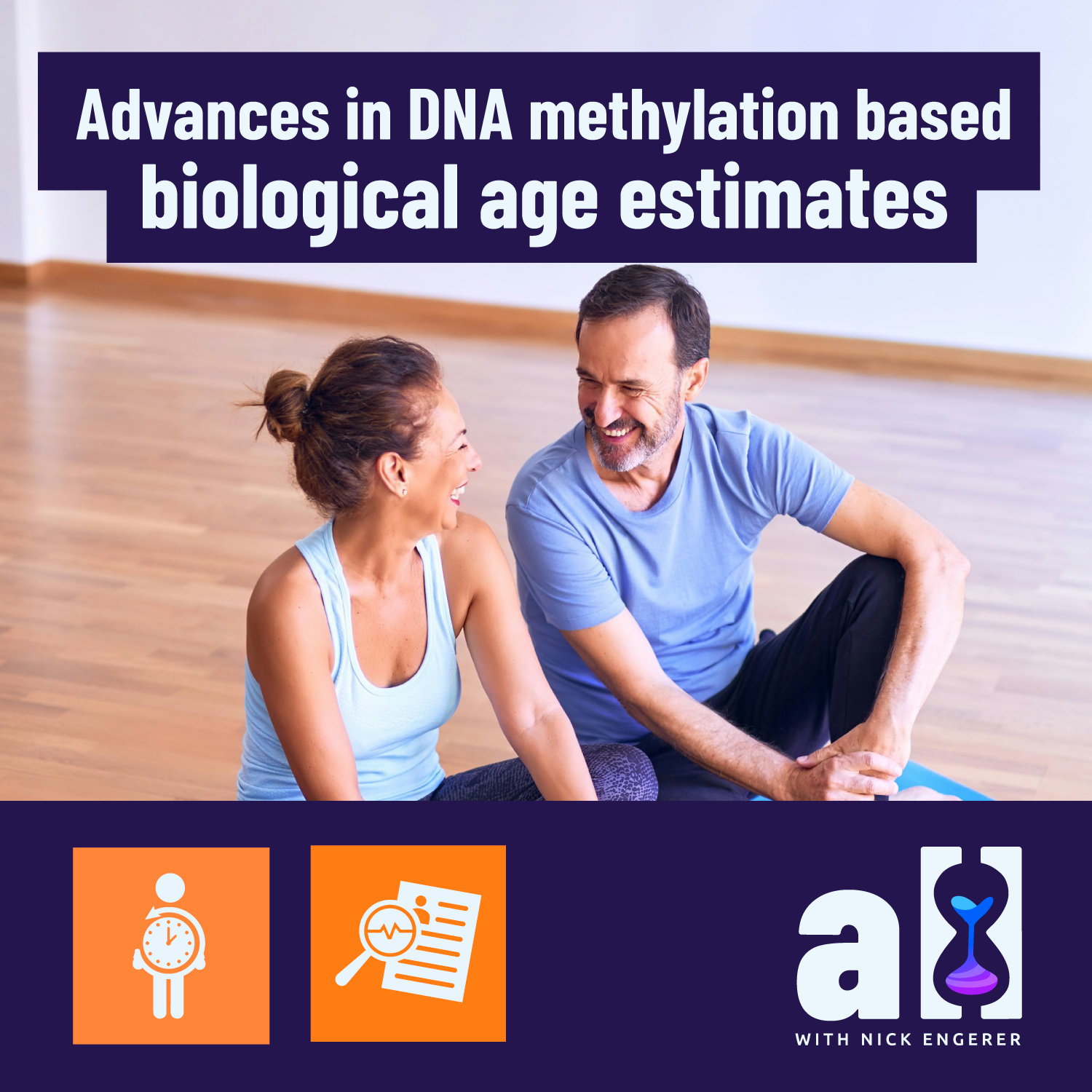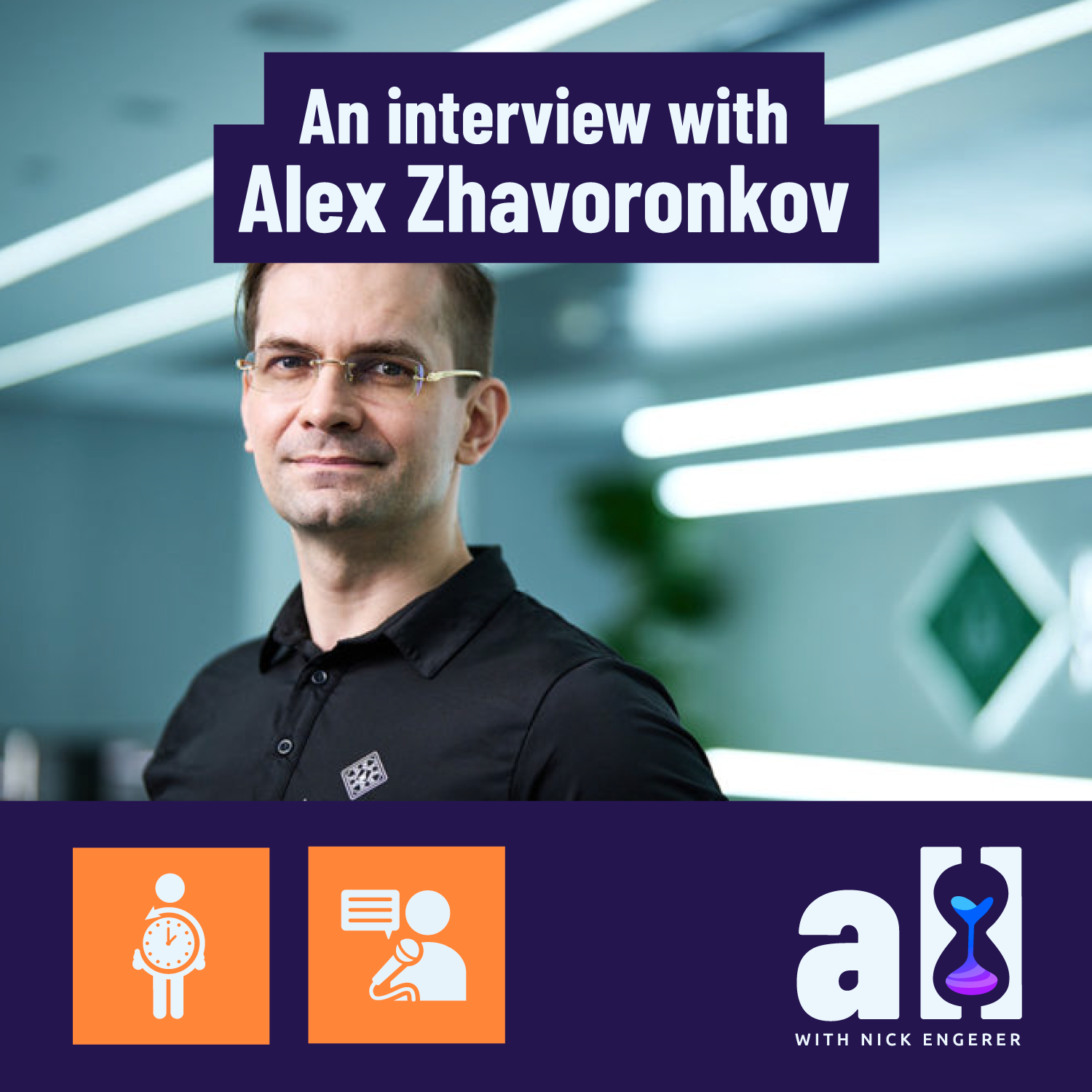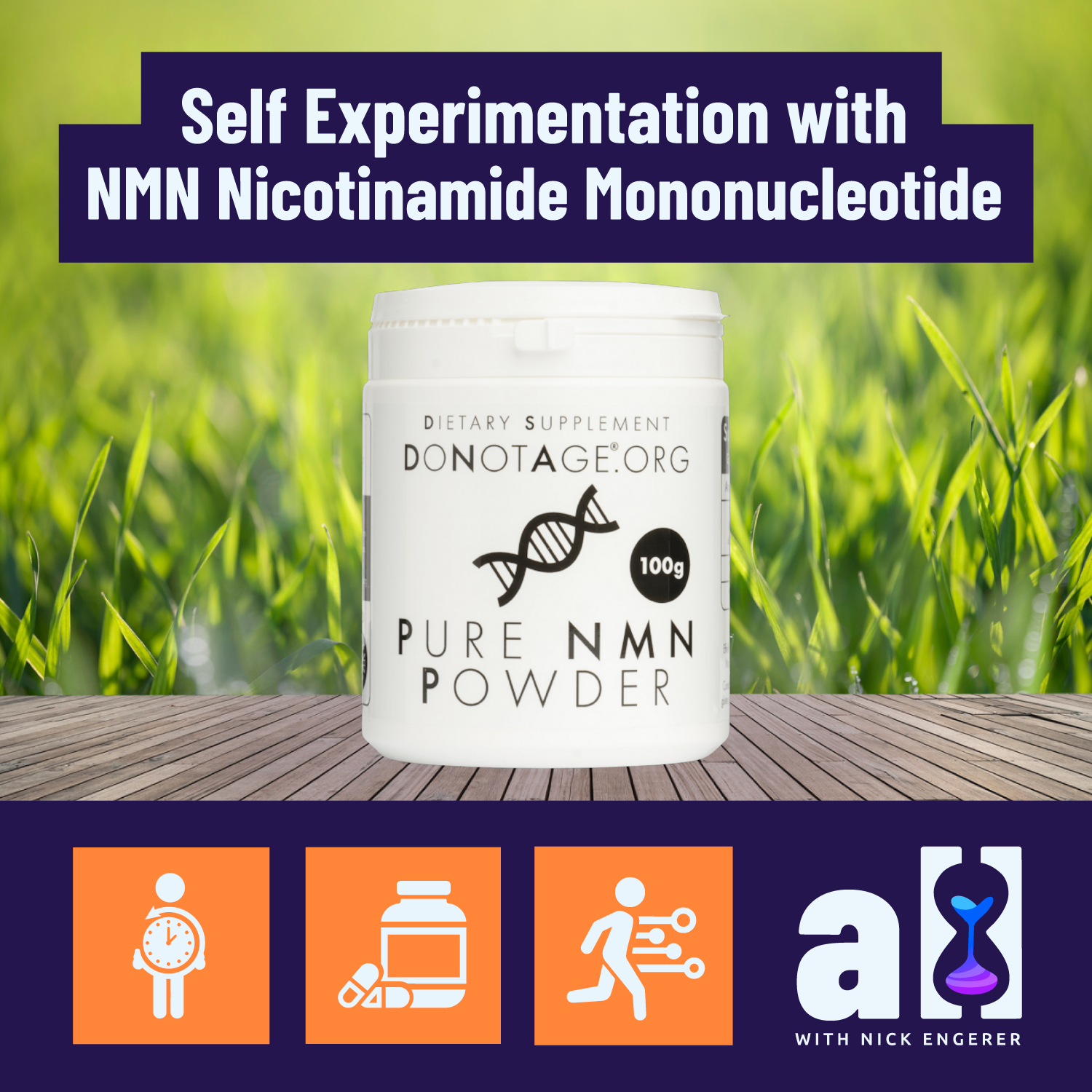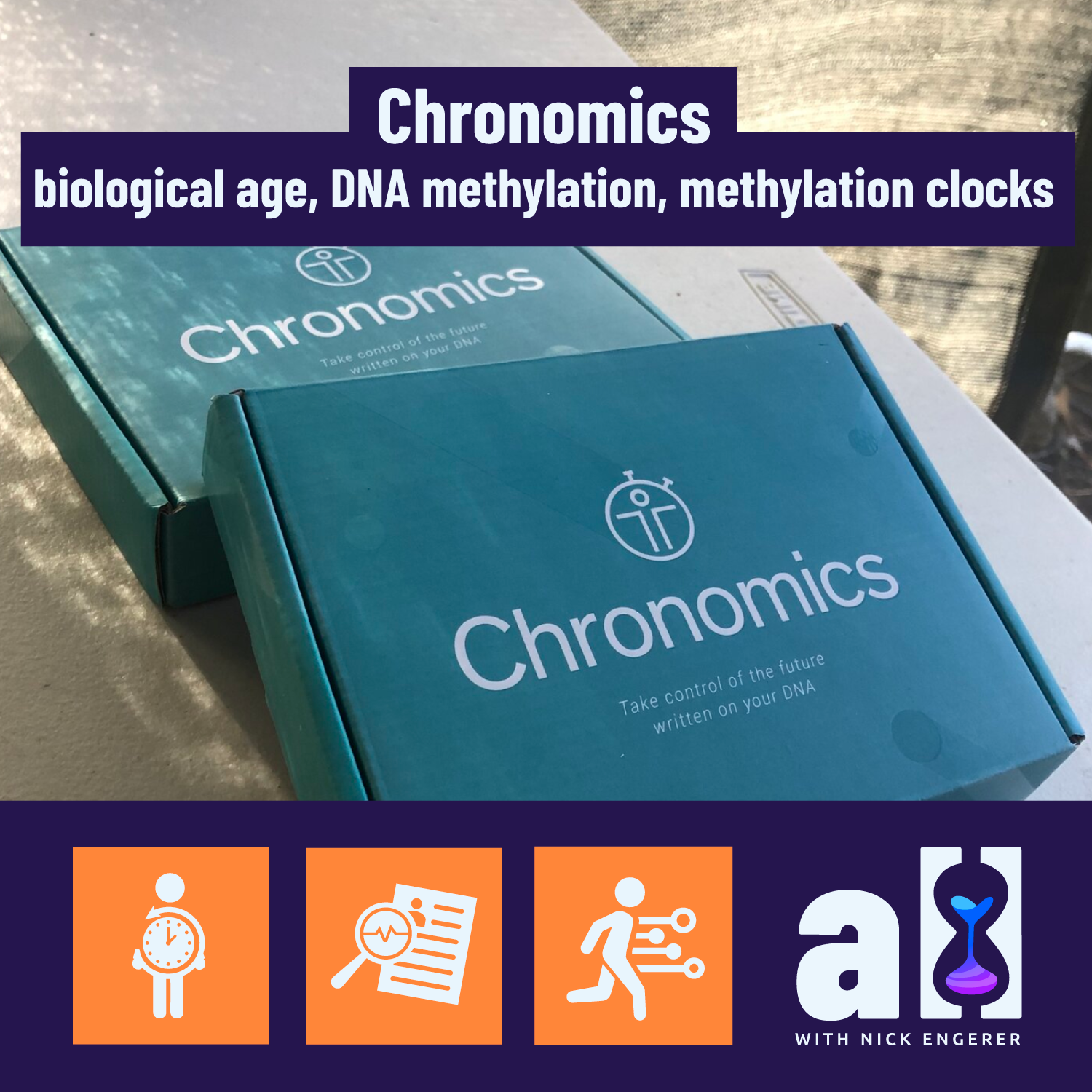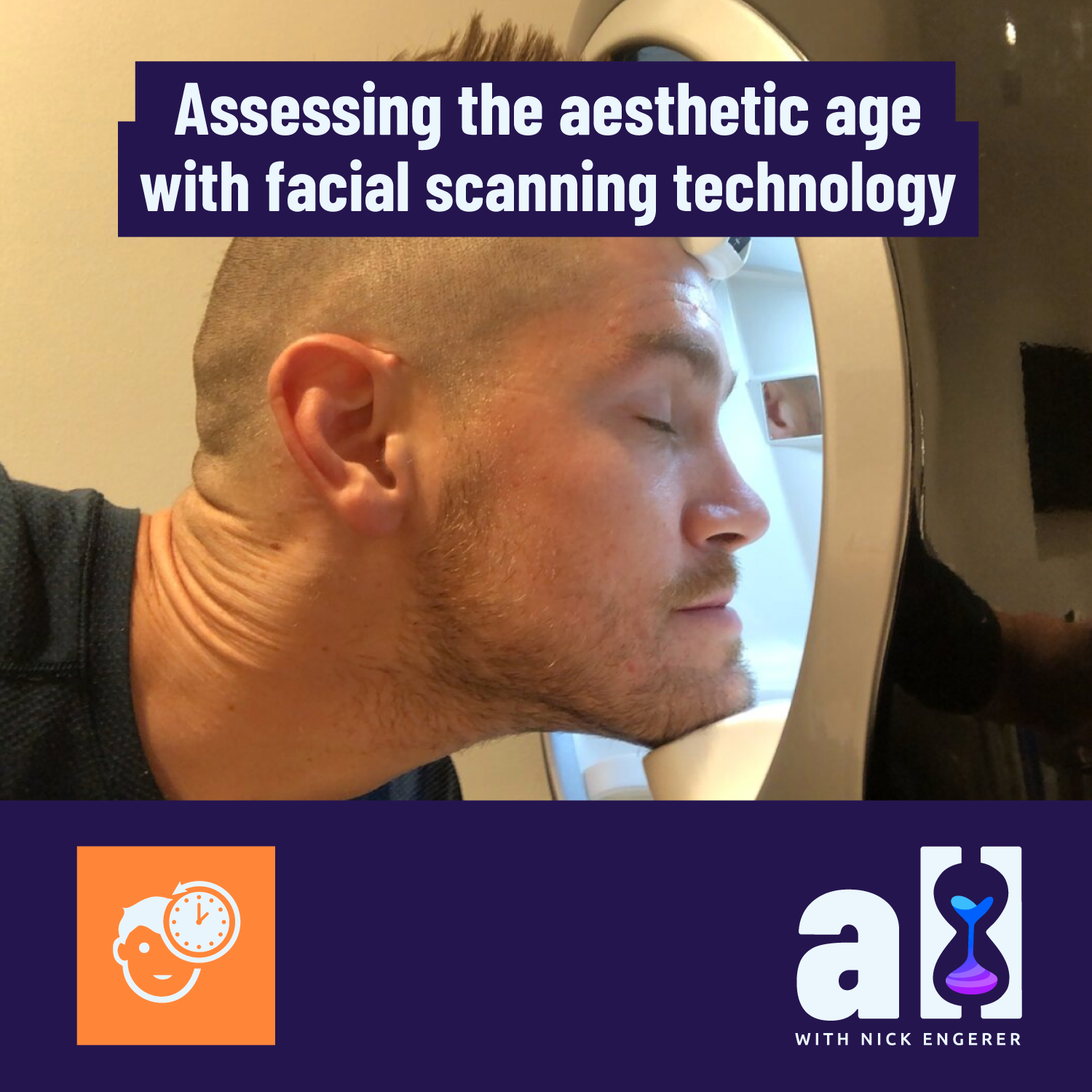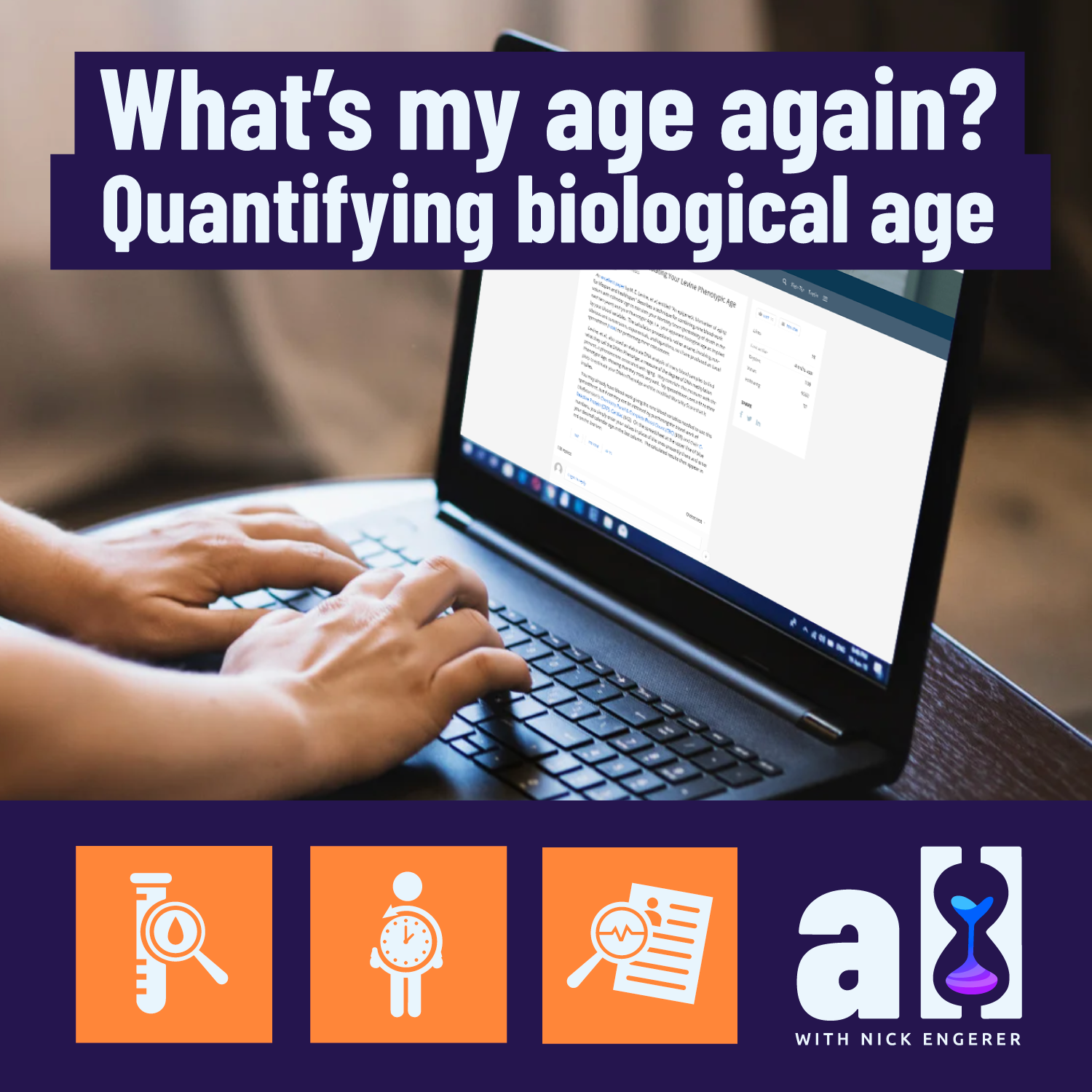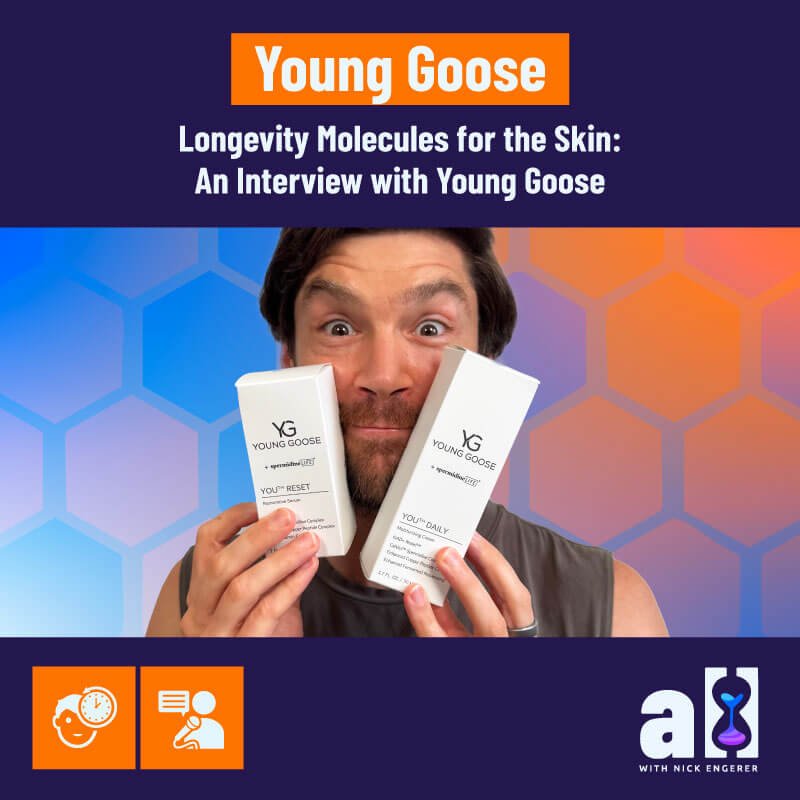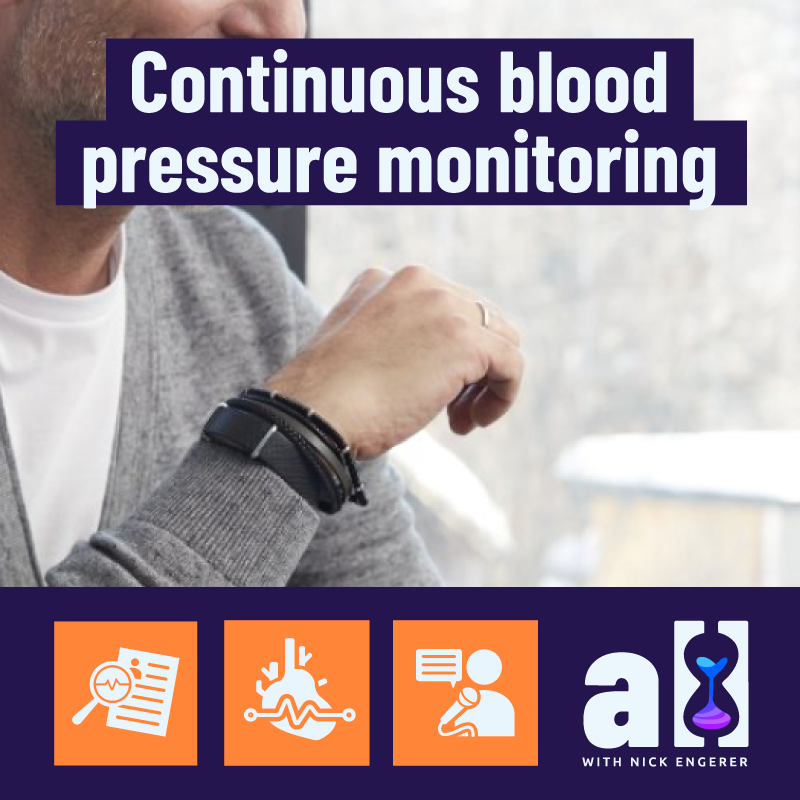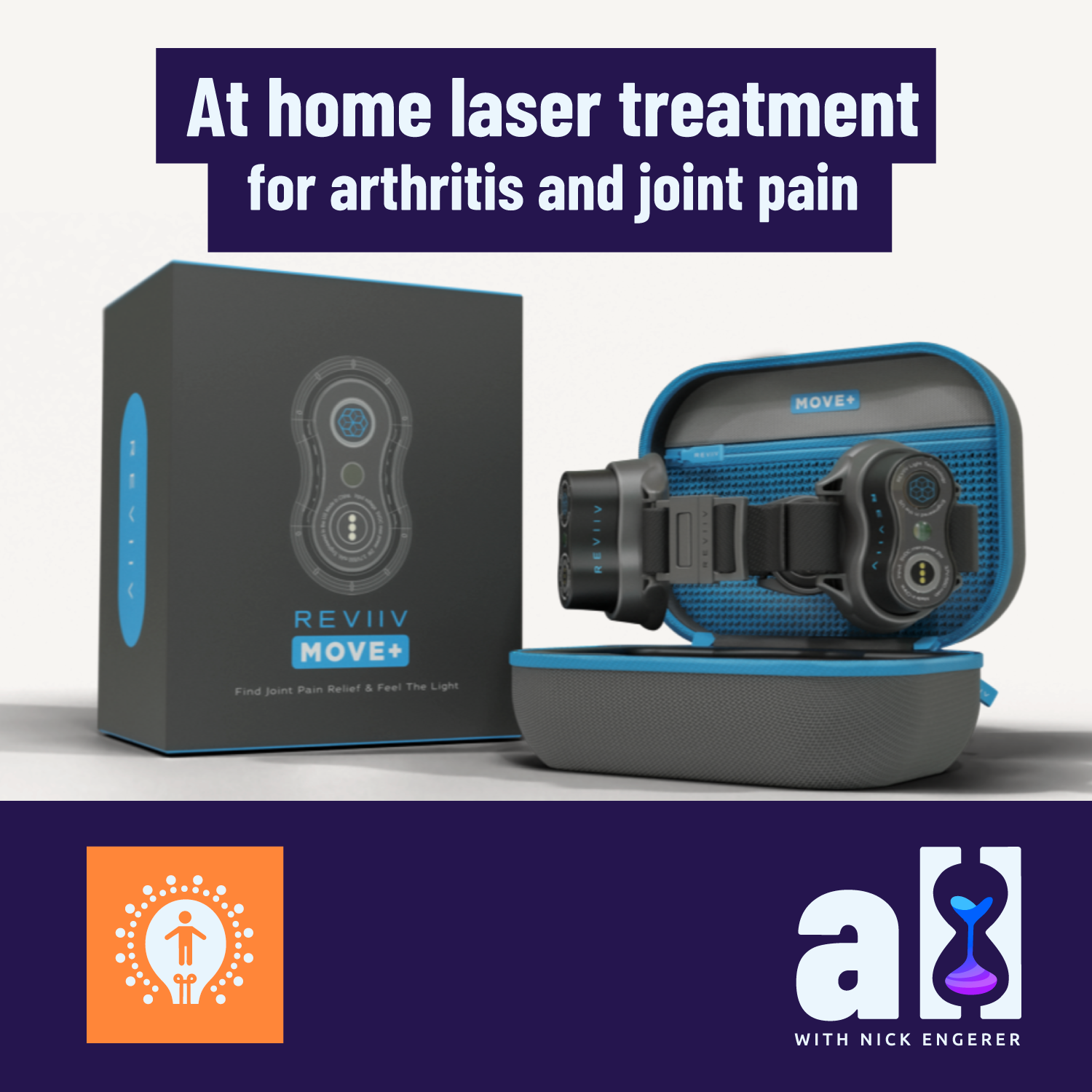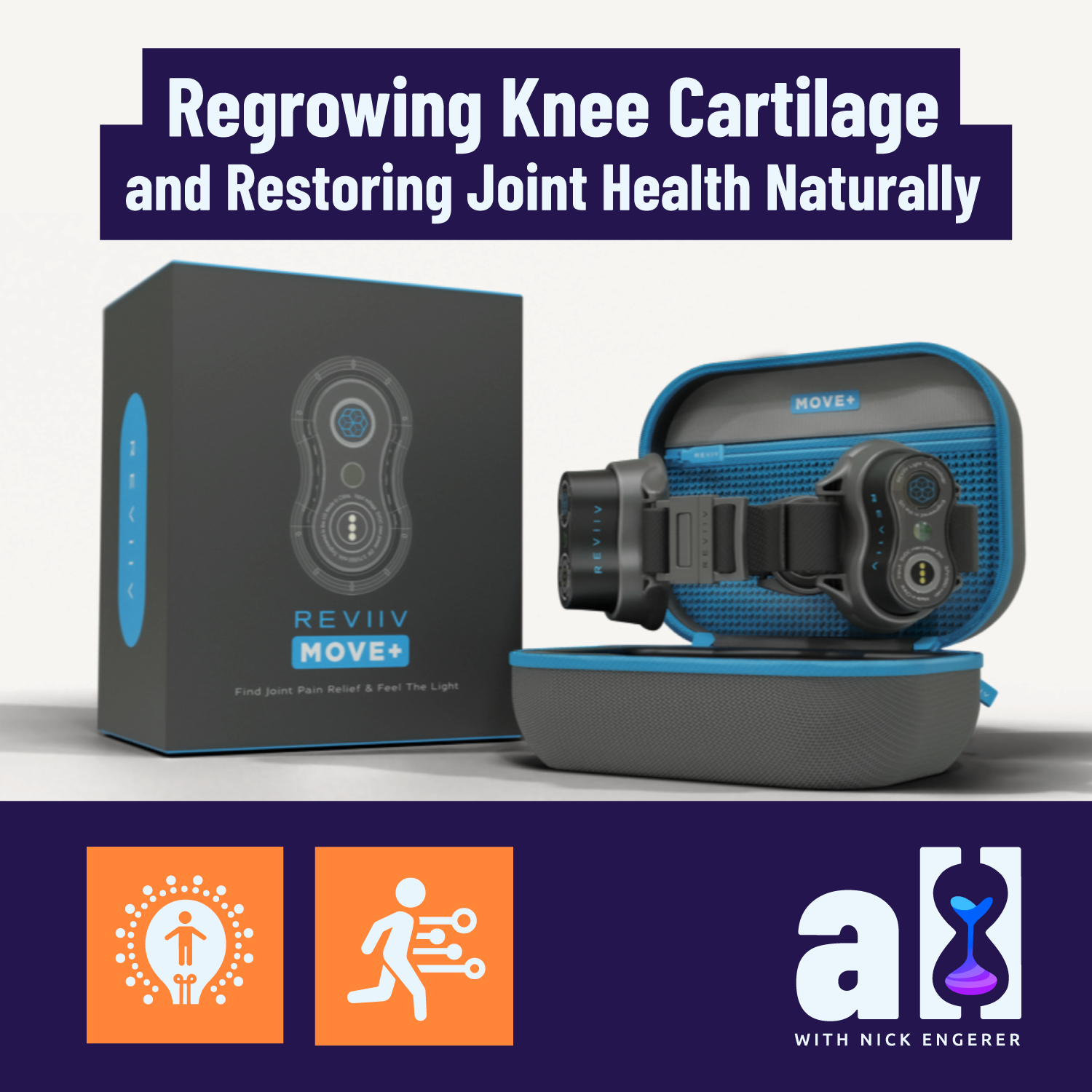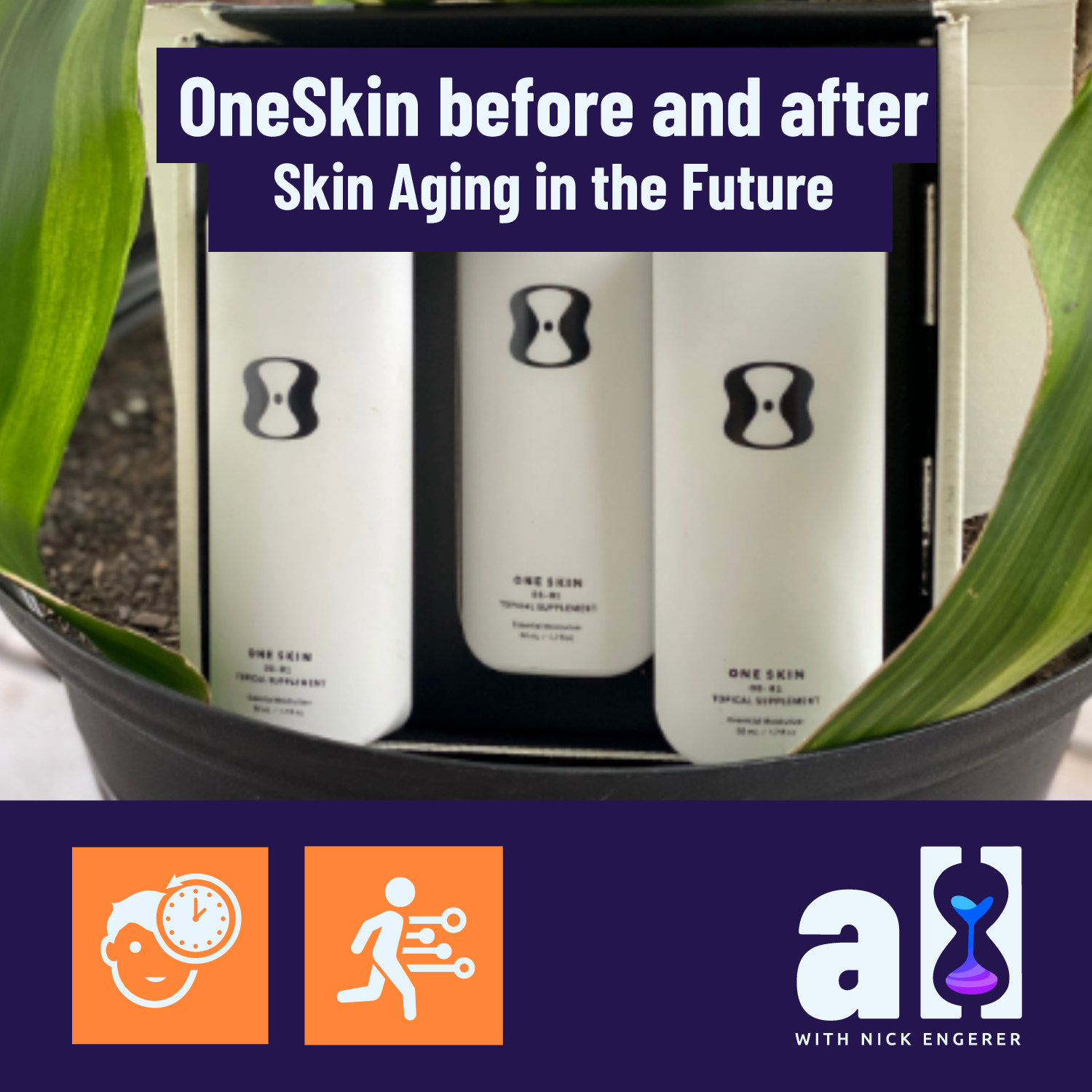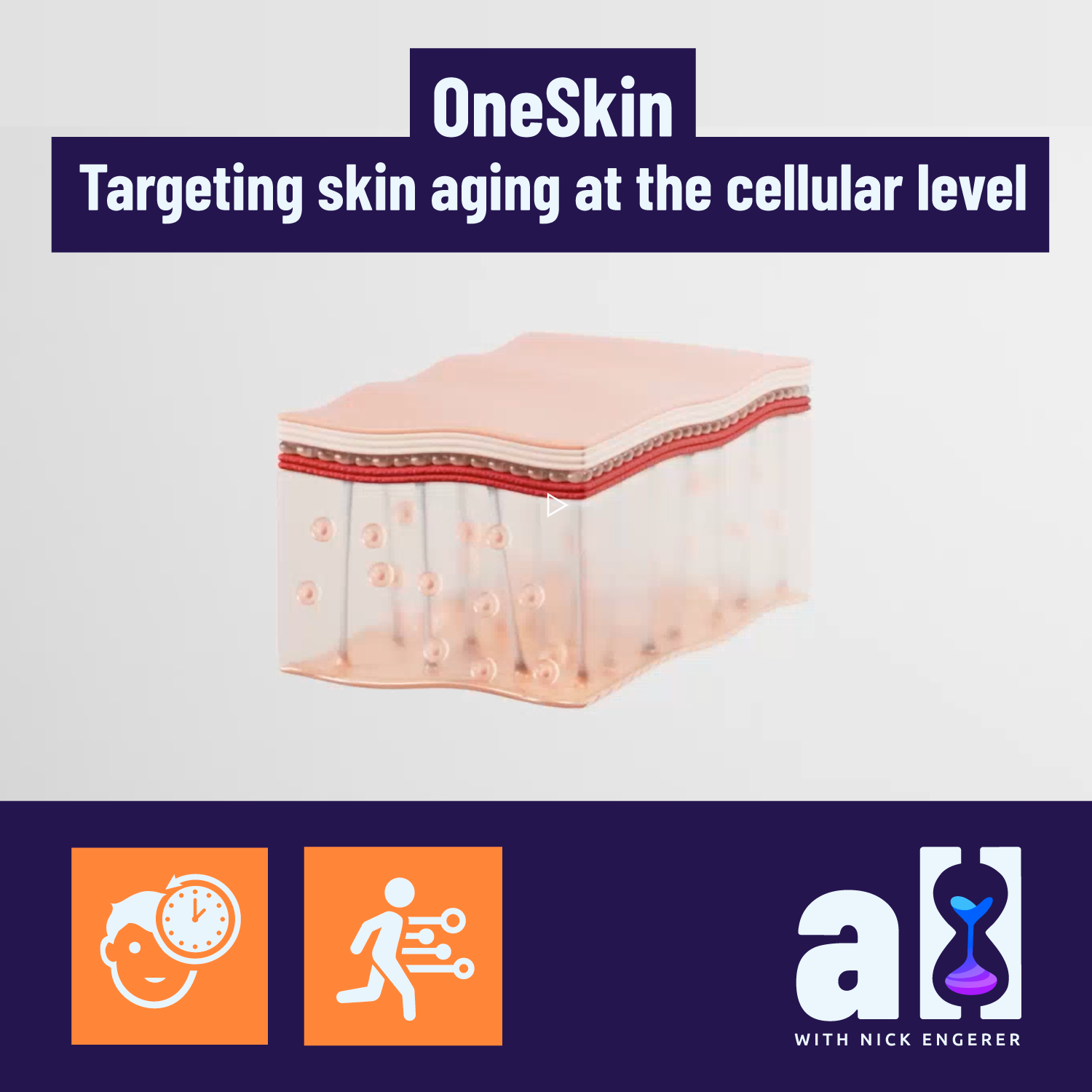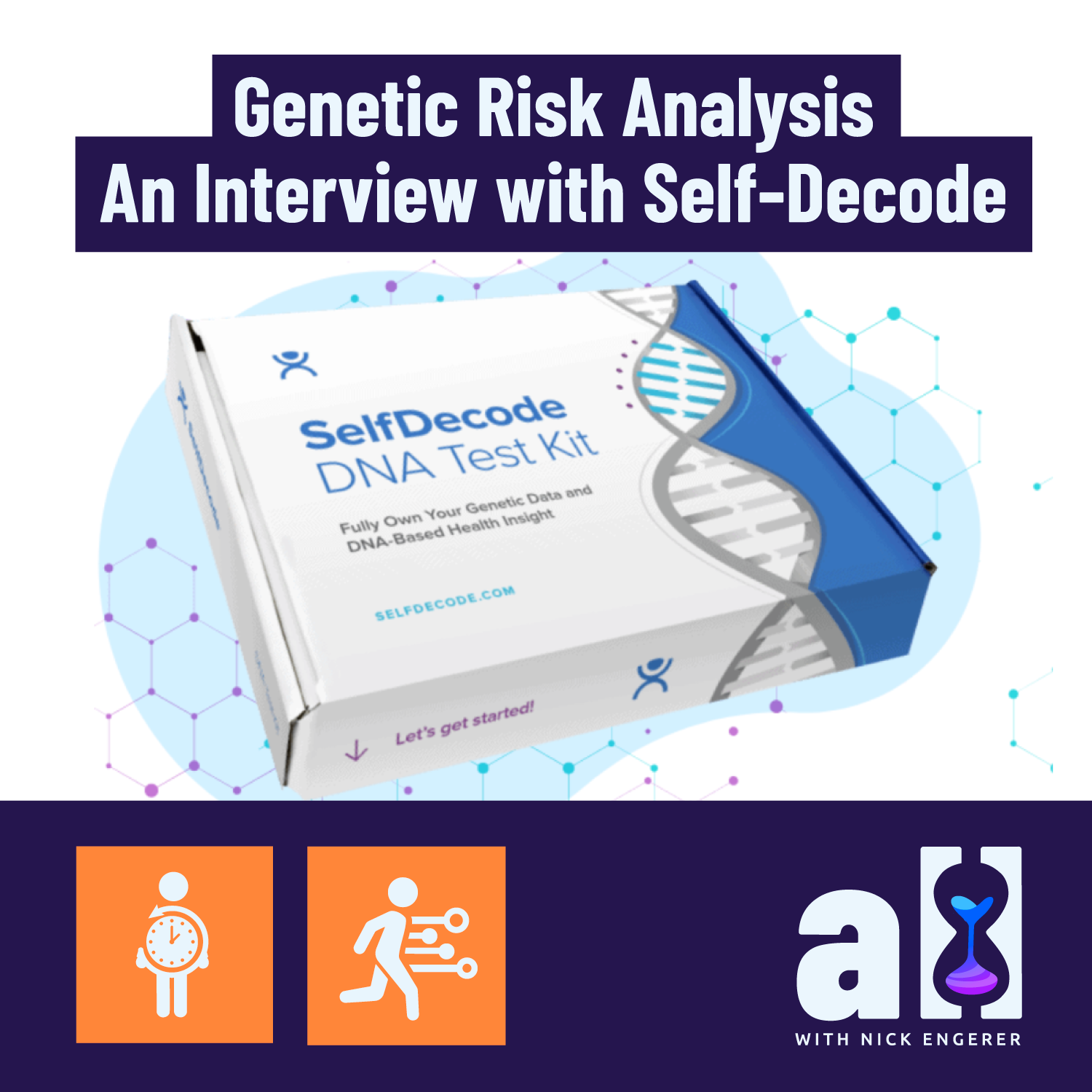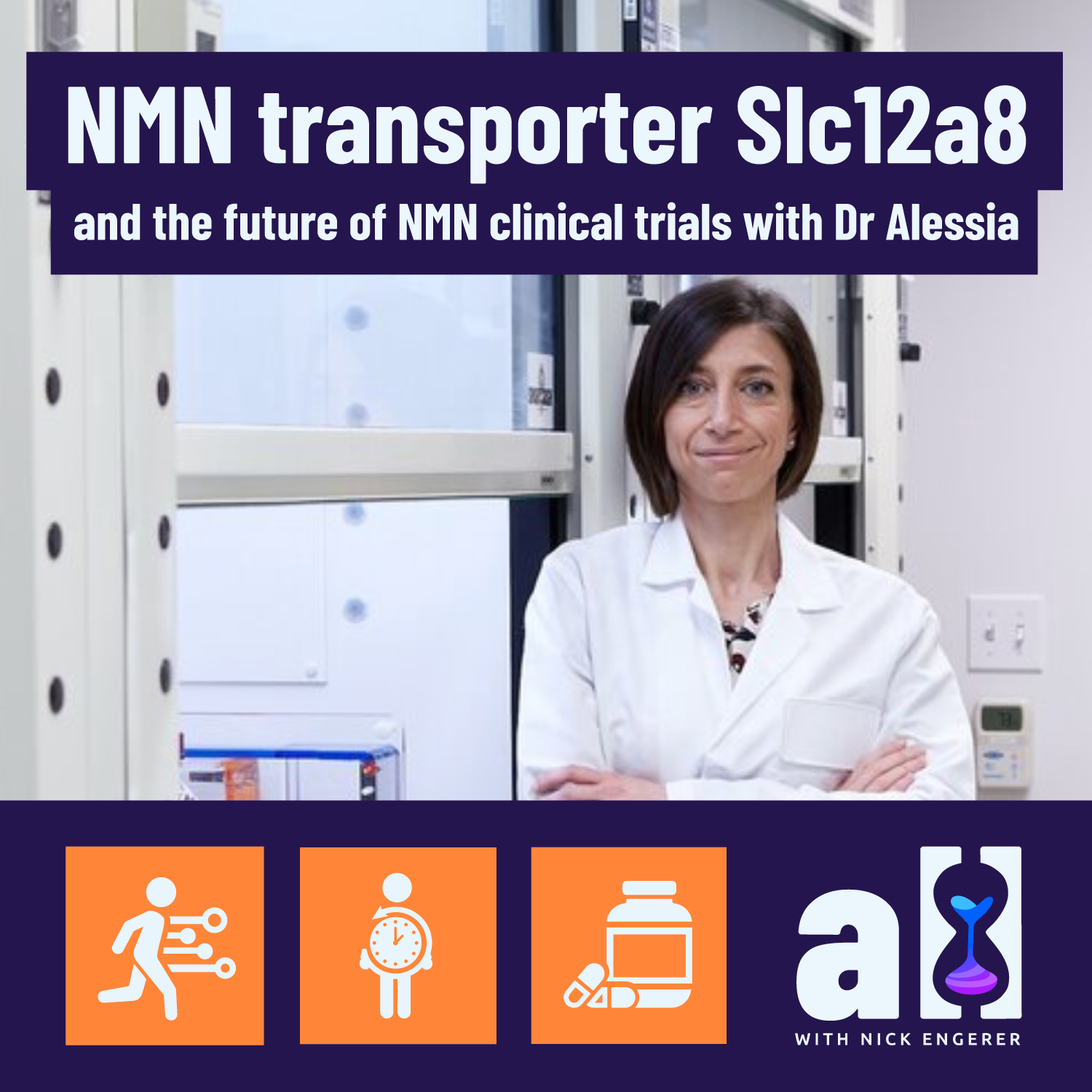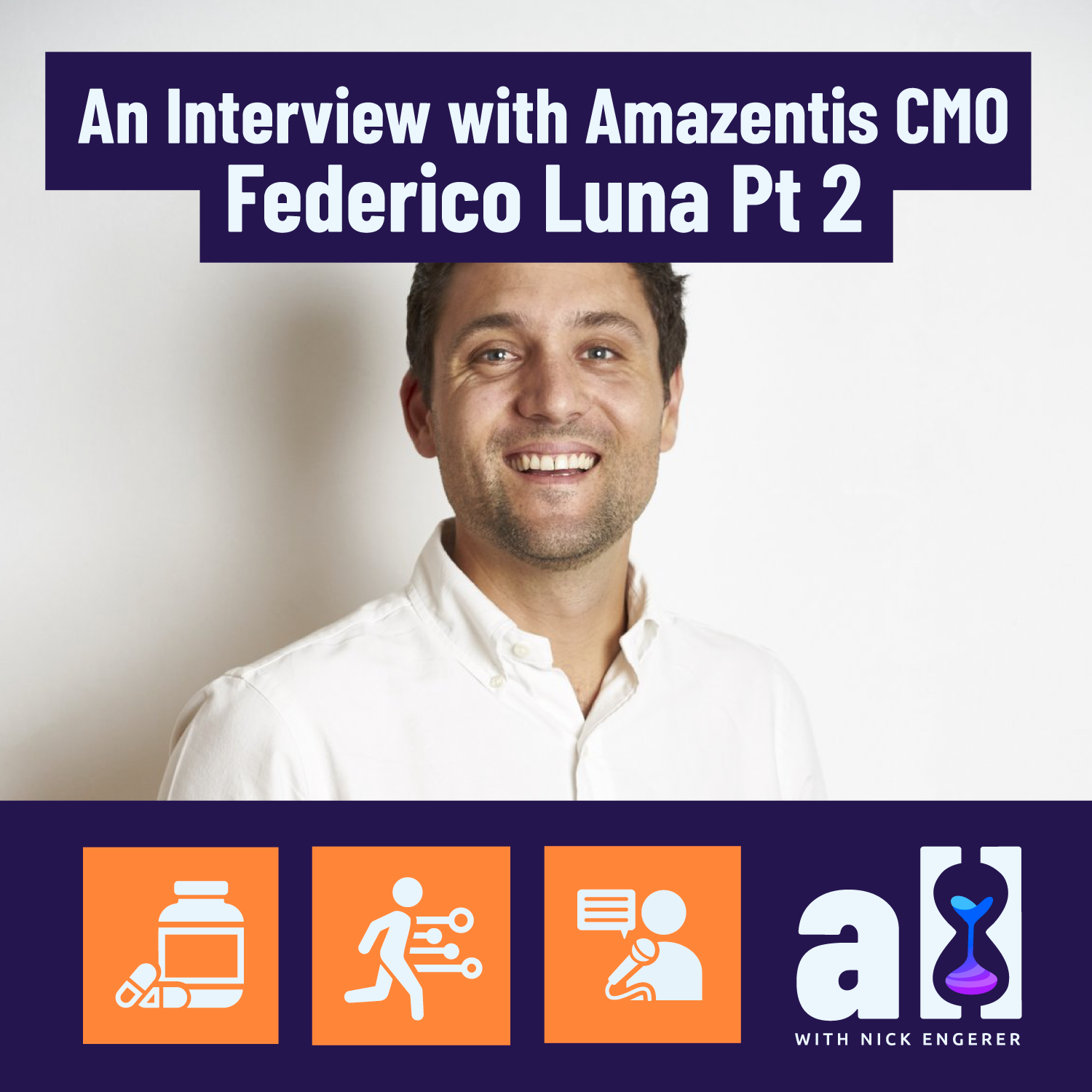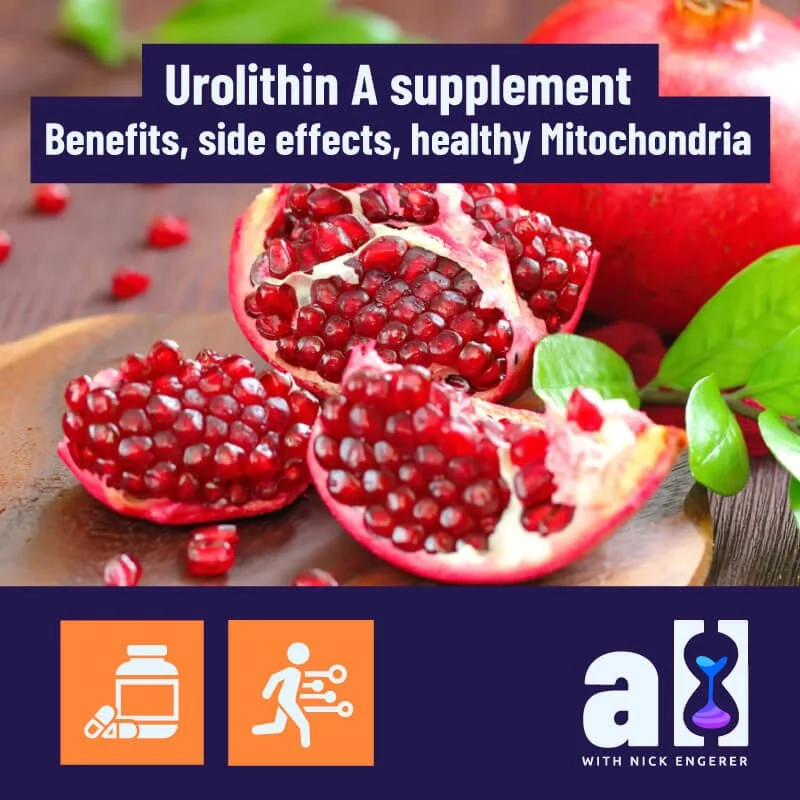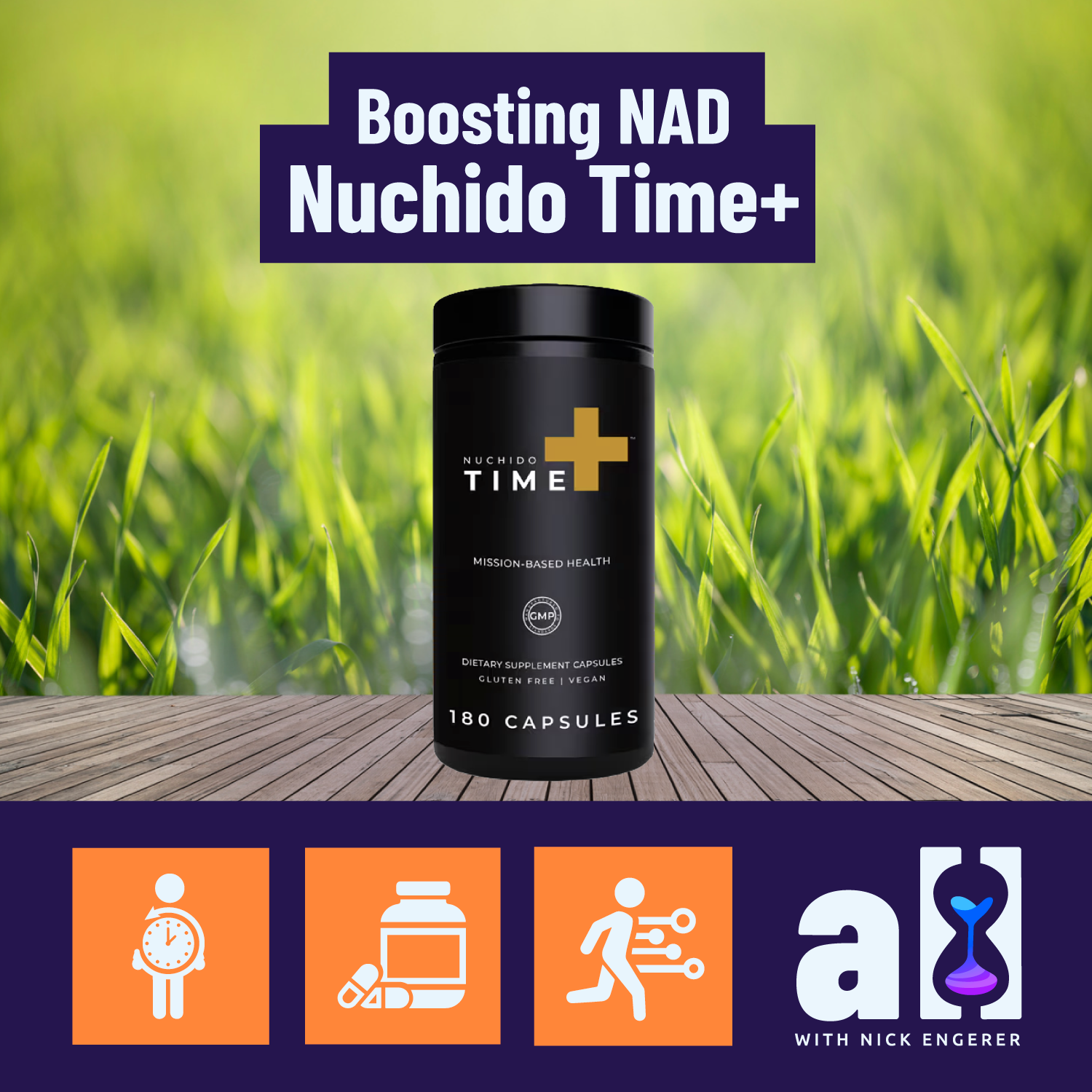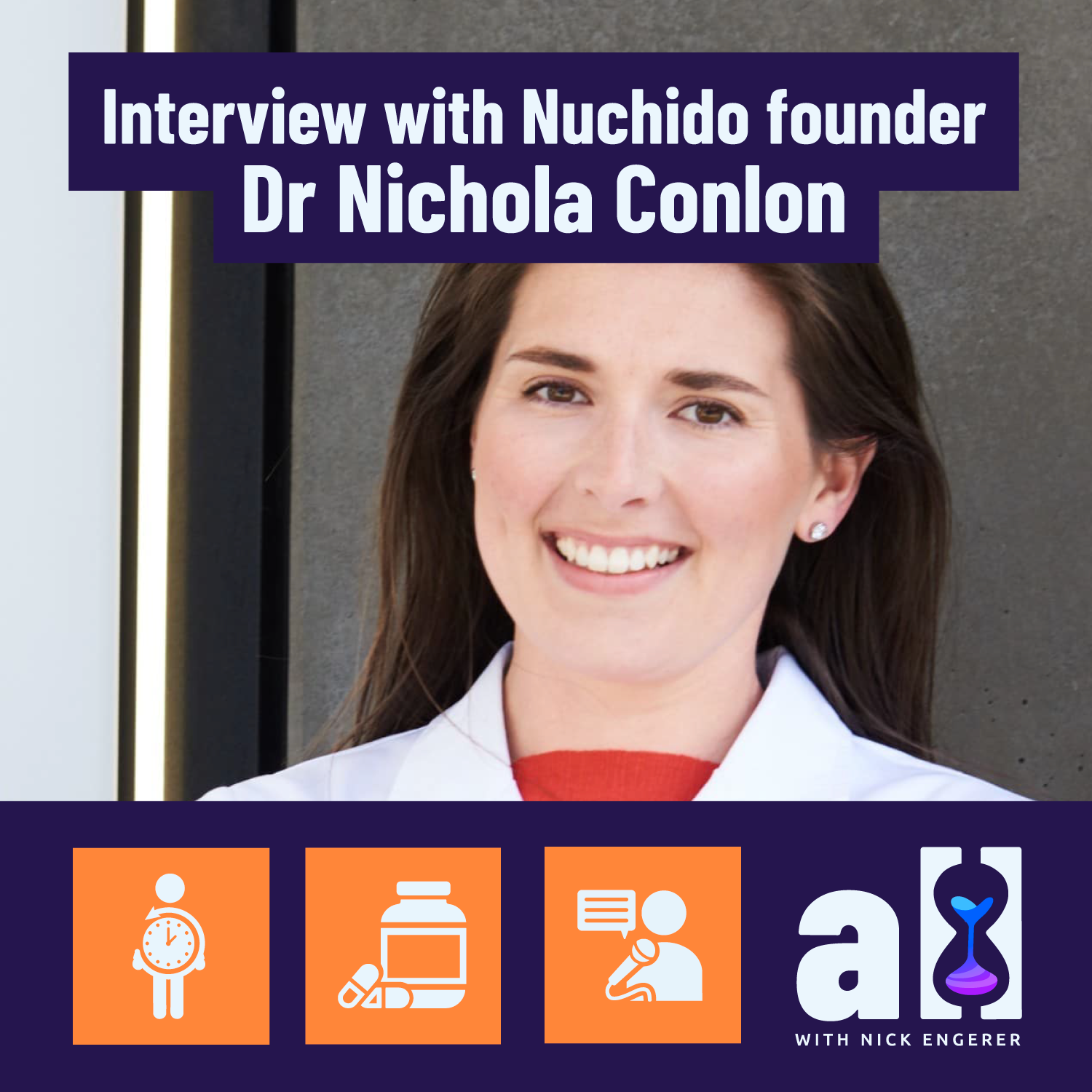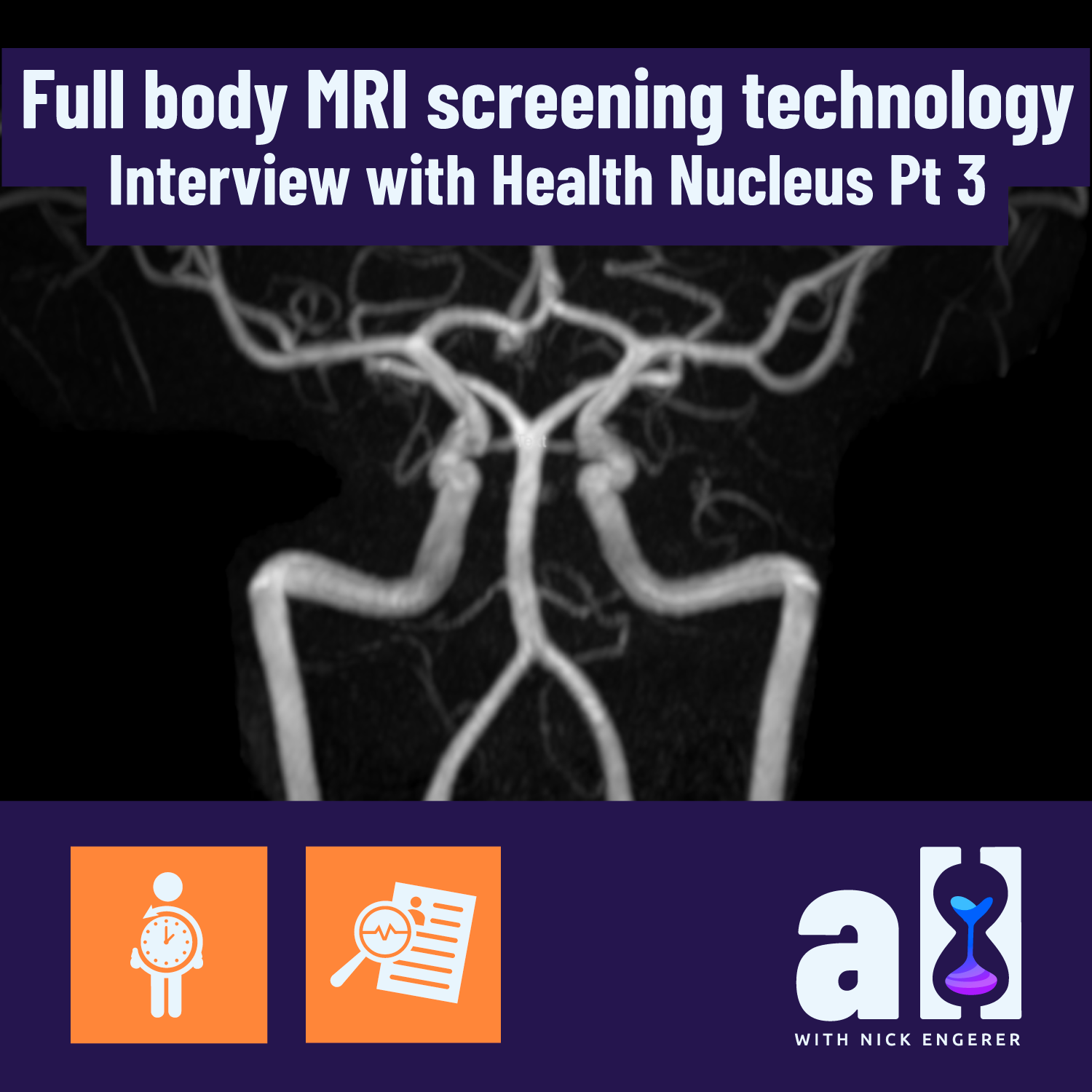How fast are you aging? A biological age test for rate of ageing with Ryan Smith of Trudiagnostic (Part 2)
Are you considering taking a biological age test?
If so, you probably are interested to know - how old am I really?
This is of course a tempting data point for those interested in their longevity. But any given biological age test is really only a snapshot in time.
We often argue that the real value in biological age tests is in their ability to test, undertake a longevity self-experiment and re-test to see if your bio age improves. See this example or this example to see what we mean in more detail.
Using test kits in this way mean you really have to purchase at least two biological age tests. Even with the lowest cost kits, this means spending at least $300-$400USD.
However, recent developments in this space mean you can now see your rate of aging in a single test. This arguably saves you on cost twice - as the rate of aging biological age test kit is about half the price of the full test and you only need to purchase one kit.
TrueAGE pace test kit review
The capability to directly measure rate of aging has been developed by A Longer Life partner TruDiagnostic. To our knowledge it is the only biological age test kit with this capability (at the time of writing).
This test (TruAge PACE) analyses short-term changes in epigenetic methylation and is a sort of “speedometer for aging”. Those looking out for their longevity want this speedometer value to be as low as possible!
This kit has very high precision and is very responsive to interventions, whereas most epigenetic test kits giving you a biological age are slow to respond. The TruAge Pace test kit is arguably quite ideal to see which longevity technologies are working for you.
Of course, we’ll be working to prove that hypothesis (be sure to subscribe to monthly updates to hear the answer!)
It is worth noting that the full cost kit from TruDiagnostic - TruAge Complete includes the rate of aging result (as well as extrinsic age, immune age and telomere age + more).
How does rate of aging testing work?
To get into the details behind how the TruAge Pace test kit works, we continue our interview series with Ryan Smith the Co-Founder and VP of Business Development at TruDiagnostic.
We recently interviewed Ryan, and in the first part of this series, we had him walk us through the recent developments in biological age test kit technology.
One of the most important take-aways is that you want to be choosing a third generation biological age clock to get the most accurate and precise result. Be sure to review it for more details!
Today, we’re exploring this concept of the rate of aging and looking into Ryan’s view of the longevity technology roadmap - where will biological age test kits go next?
When you buy through our links, we may earn a commission. Thank you for supporting our business
This interview was conducted in August 2022 over Zoom and is an audio transcript with edits for clarity, brevity and correctness.
How fast are you aging?
Ryan Smith, Vice President of Business Development at TruDiagnostic is an expert in the latest developments in biological age testing.
A Longer Life (ALL):
TruDiagnostic are also providing an estimate of how fast you are aging. This is unique, and part of the reason this is possible is due to the DunedinPACE algorithm being a third generation clock.
Can you give us a brief history of why the city of Dunedin has become important in building a unique biological age algorithm?
Ryan Smith (RS):
This data comes from a study started in 1972, with a group of right around 1037 New Zealand children all at the age of three. They started this cohort by tracking them all the way across their aging process.
Now we're here, we are in 2022, and these individuals are approximately 50 years of age with 900 or so of those patients providing us information and blood biomarkers showing us how they're aging throughout their life.
Dunedin is located on the South Island of New Zealand. The Dunedin Study has followed the lives of 1037 babies born in 1972/73 since birth.
The study is now in its fifth decade and has produced a considerable amount of data that shapes what we know about the rate at which humans age.
This is a very, very unique cohort that really doesn't have replication anywhere else in the world.
ALL: Do we have epigenetic measurements from these folks?
RS: Thankfully, they have saved some of that blood, but unfortunately, we haven't had epigenetic measurements across the entire lifespan.
It would be great if we did, but we have taken a lot of other lab measurements across their lifetime. And those 19 blood related biomarkers are what we have used to train an algorithm to estimate the pace of aging.
Following individuals aging over time = Rate of aging algorithm
ALL: So there's the connection from the blood based biomarkers to the rate of aging and methylation data. And all gathered longitudinally, again, which is what makes the third generation clock so powerful.
Let’s come back around to DunedinPACE’s (the algorithm behind the TruAge PACE test kit) ability to estimate the rate of aging. Explain how this works.
Source: TruDiagnostic ‘Pace of Aging’ report document.
RS: In order to look at the rate of aging, you have to have some context for the change over time.
What we do is look at all those 19 blood related biomarkers and giving them a composite score. Then looking at how that score changes as these individuals age from the time they were 3 years old to now, we can see what is optimal.
We really get to see what is happening on average to most people as they age chronologically with very little intervention. This gives us a standard to see - what is the average pace of aging?
We can show our customers how they individually compare to that, where we can get an instantaneous point in time measurement of what their aging rate is at this moment.
I think this is very exciting because most other clocks are encompassing the entire body's aging process over the course of a long period of time. But these instantaneous markers are showing how you are aging right at this moment.
This can be very helpful in terms of finding out what lifestyle changes or interventions are working on an individualised basis.
 |
How to improve your biological age rate
“We also know TruPace has probably the most accurate or most predictive of all clocks... this rate of aging estimate is responsive instantaneously”
ALL: That last part that you just mentioned, in terms of determining what works on an individualised basis, is right at the heart of what we like to do at A Longer Life.
One thing we find really fascinating about the TruDiagnostic TruAge test kit is this rate of aging algorithm.
We suspect it will actually be more responsive to interventions and helping our readers self-experiment and see how the rate of aging is changing.
The extrinsic age is a pretty sticky number. It's harder to change and takes longer. Do you agree with our thinking? That the rate of aging estimate lends itself better to the everyday longevity enthusiast or biohacker?
RS: I certainly think it does, and I think that we've already talked about some of the reasons why.
One is precision. This clock is extremely precise. That means as you're measuring biological age more frequently, you want an even more precise clock.
We also know it's probably the most accurate or most predictive of all clocks. Ultimately, this (rate of aging estimate) is responsive and responsive instantaneously.
Sometimes it can be very hard to improve or to fix damage. We know this to be true when dealing with classical aging, where it's harder to reverse disease than it is to prevent it. With some of these biological age clocks, what you're measuring is the whole history of a person being alive.
“With some of these biological age clocks, what you’re measuring is the whole history of a person being alive”
With the rate of aging estimated, you're getting a more intermediate effect. And that intermediate effect is absolutely correlated to health outcomes.
So as someone who is trying any type of intervention, whether it be diet, nutrition and exercise, they can look at their rate of aging and then find out what is the most optimal strategy for them by comparing markers even within three months.
ALL: That's really valuable for the self experimenter.
TruDiagnostic biological age test kit includes Telomere age
Extract of the TruAge Complete telomere based biological age estimate.
ALL: So far we’ve discussed three biological age values. Extrinsic, intrinsic and rate of aging. We won't talk about today, but we’d like to also mention that there's also a telomere based estimate that TruDiagnostic offers through the TruAge Complete test kit.
A theme has been building through this conversation about third generation biological age clocks. One innovative area of development for such clocks is a new and very powerful capability to be predictive of specific disease outcomes.
Tell us briefly about how TruDiagnostic test kits are starting to connect the dots to certain disease risks.
Biological age and age related disease risk
RS: We're lucky enough to have biobanks that have taken samples from 30 years ago. This enables us to look at how their epigenetic methylation correlated to the health outcomes that they faced.
A good example is our validation with the Framingham Heart Study cohort. We found that those people who are aging anywhere below one year per year generally would have a 50 to 50% less chance of dying over the next seven years. They also have a 54% decrease risk of a chronic disease over the next seven years.
But those people with an aging rate above one year per year, so called ‘fast agers’ were overall 65% more likely to die. That's obviously just talking about mortality.
“People who are aging anywhere below one year per year generally would have a 50 to 50% less chance of dying over the next seven years”
We have also found that the rate of aging marker is predictive of things like grip strength and muscle mass, as well as IQ and mental processing speeds, and even facial aging.
We have some really great composite images of how people age in our cohort, grouped according to their rate of aging, and even at age 45, the 10 slowest aging members of the cohort look to be maybe 20 years younger than the same individuals at 45 with a fast aging.
The future of biological age testing
ALL: We love to talk about tools for disease risk on A Longer Life. We believe there is significant value in thinking ahead about your personal risk, and that by analyzing that risk profile you can get 10 to 20 years ahead of the age-related problems you're going to develop.
As your team looks forward, what is going to become possible for TrueDiagnostic in the near future? Your company is actually very fast moving - you're putting out new reports every few months - tell us one or two new and exciting capabilities that are coming in the next year.
RS: There are a couple of things that I'm really excited about.
One of which is a project we've been working on for a long time - what we consider a fourth generation algorithm. In order to do this, we want to include what we call multiple levels of the “multi-ome”.
This is a very complex process. We already have talked about how challenging working with longitudinal data can be, and how it is really important to remove confounding factors. But if we can also add to that longitudinal score more depth on those physiologic measurements or those molecular measurements, then we can get an even clearer composite image.
We are in collaboration with Harvard and have been working on a multi-omic clock for probably two years, now. It will include genetic data and will include some micro RNA data, as well as epigenetic, proteomic data (peptides and proteins in the blood), and then lastly, metabolomic data (metabolites in the blood). We will also expand it to to include 75 blood related biomarkers (up from 19 in the current version).
Measurement will take place over four different time points, which should allow for a biological age clock that is hopefully unparalleled, in terms of its accuracy and precision. So we're really excited about that.
ALL: I think it is a very exciting version of the future capability of biological age clocks.
Ryan Smith Co-Founder at TruDiagnostic’s longevity strategy
Wrapping up our interview, one thing we always ask our guests is this - knowing all the developments upcoming in longevity technology, what are you doing everyday to look out for your own health and longevity? Tell us part of your longevity strategy.
RS: One thing I'm ashamed to admit now is that previously, I was, I would say, a big skeptic of the importance of meditation and mindfulness. I used to think, you know, am I doing this right? Is this really meditation? Is this even working?
Stress has a “major impact” on biological aging
The impact of stress and emotional regulation on aging and the aging process is incredibly strong. It is way stronger than I would have ever anticipated. It still baffles me that someone's emotional regulation can have such a major impact on their biological aging process.
Stress, sleep, diet, exercise - these all impact biological age results. Want to learn more? Check out our interview with Dr Robert Lufkin on YouTube here.
We're still not really sure how this is mitigated. I think a lot of people might say it's regulated by cortisol or some of these other stress hormones. But I can tell you that it has a major impact. And so one of the things I really try and do is to spend some time on mental health. I was never that way previously. But you know, seeing the results I've seen and the correlations I've seen, I've definitely done a 180.
In addition to that, from an interventional approach, I tend to be a very big fan of rapamycin and mTOR inhibitors. In all the aging interventions that we know about now, this one is probably one of the most exciting for wide scale application.
Lastly, even though I am probably not the best at actually implementing this into my own life, I think periods of fasting, fasting and caloric restriction are also some great strategies which have very little downside and have the potential to have really good longevity benefits.
ALL: As that's fantastic, Ryan, we're going end the interview there. Thanks so much today. We really appreciate your time.
RS: Thanks for having me as guest on A Longer Life!
 |
When you buy through our links, we may earn a commission. Thank you for supporting our business
FDA & TGA DISCLAIMER
This information is intended for educational purposes only and is not meant to substitute for medical care or to prescribe treatment for any specific health condition. These blog posts are not intended to diagnose, treat, cure or prevent any disease, and only may become actionable through consultation with a medical professional.









